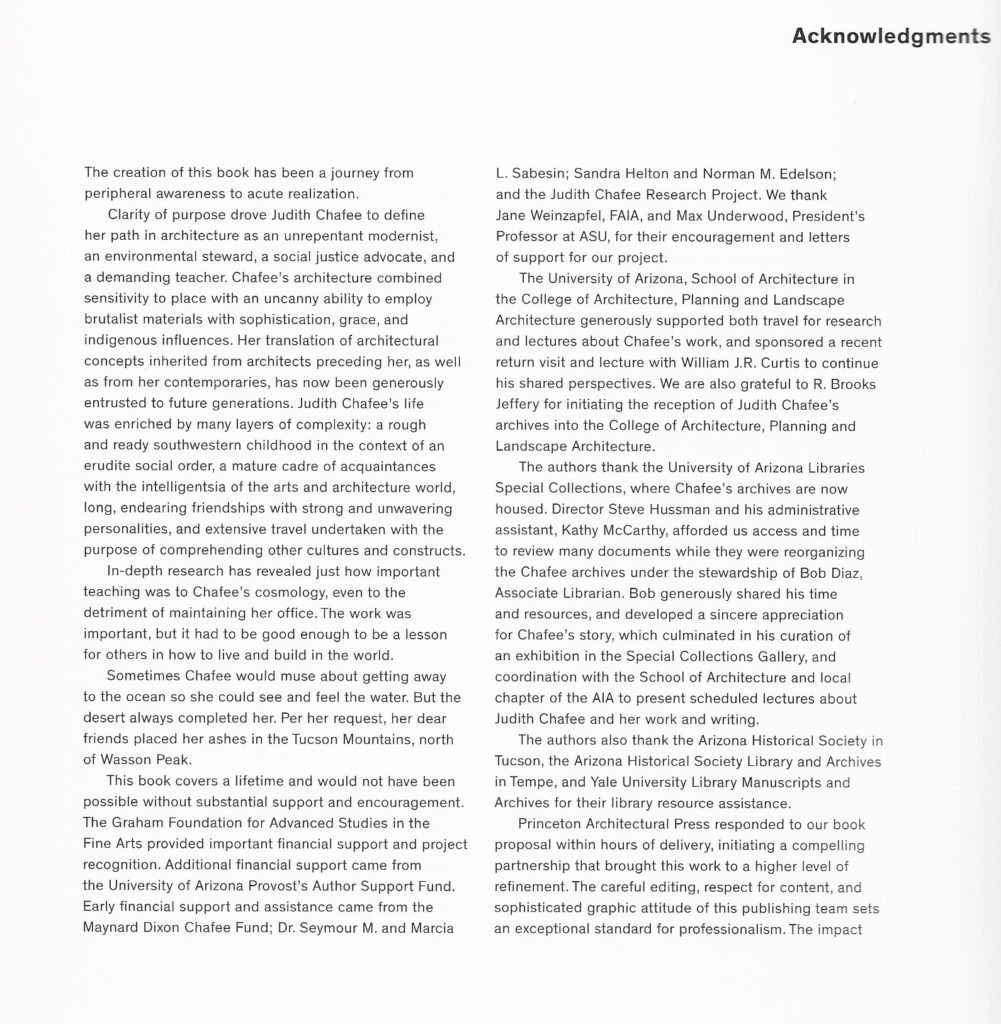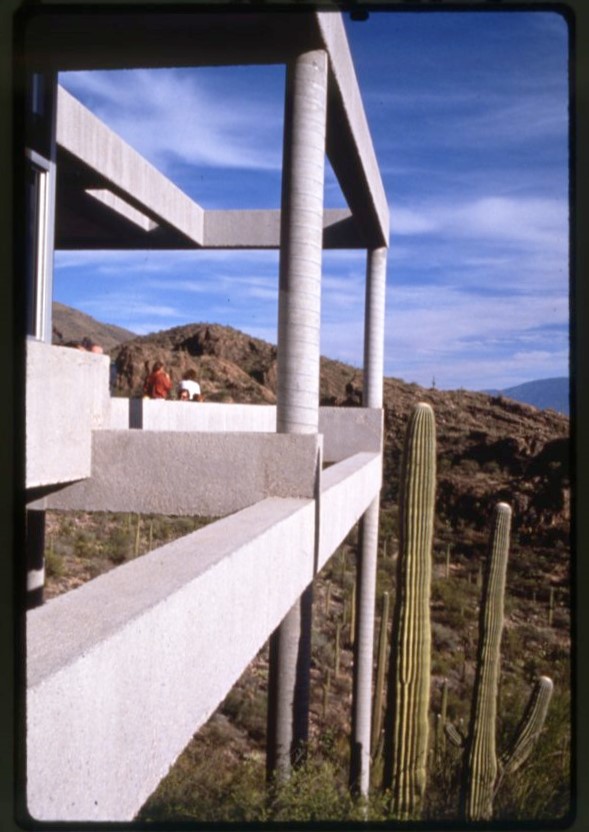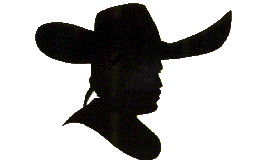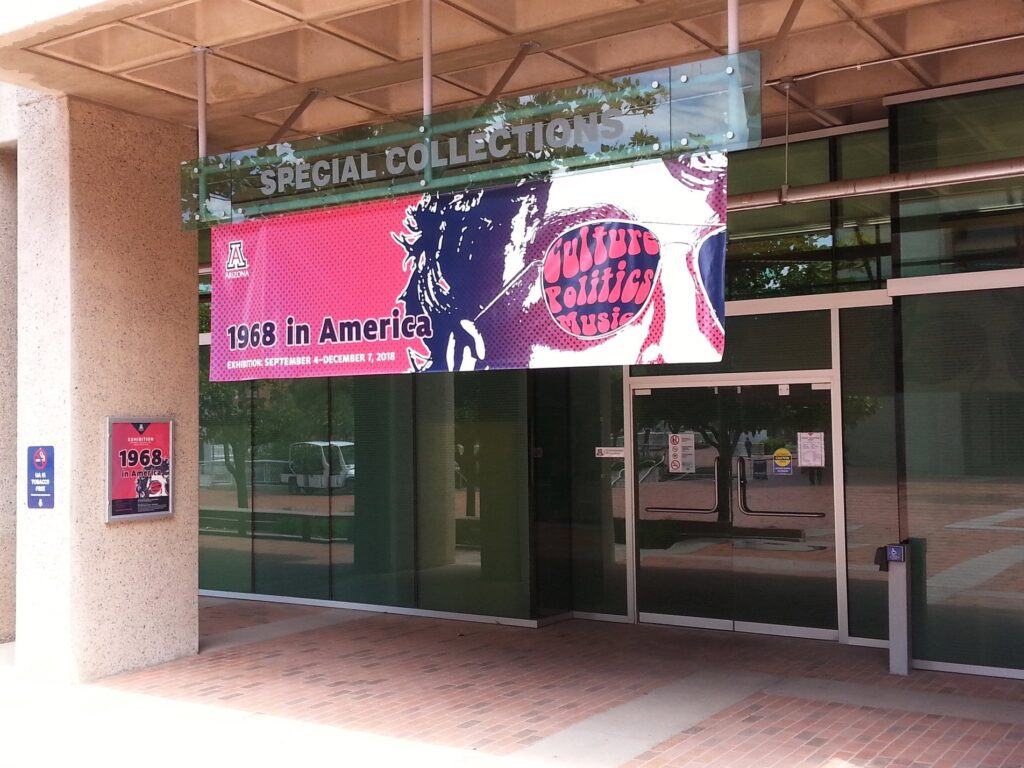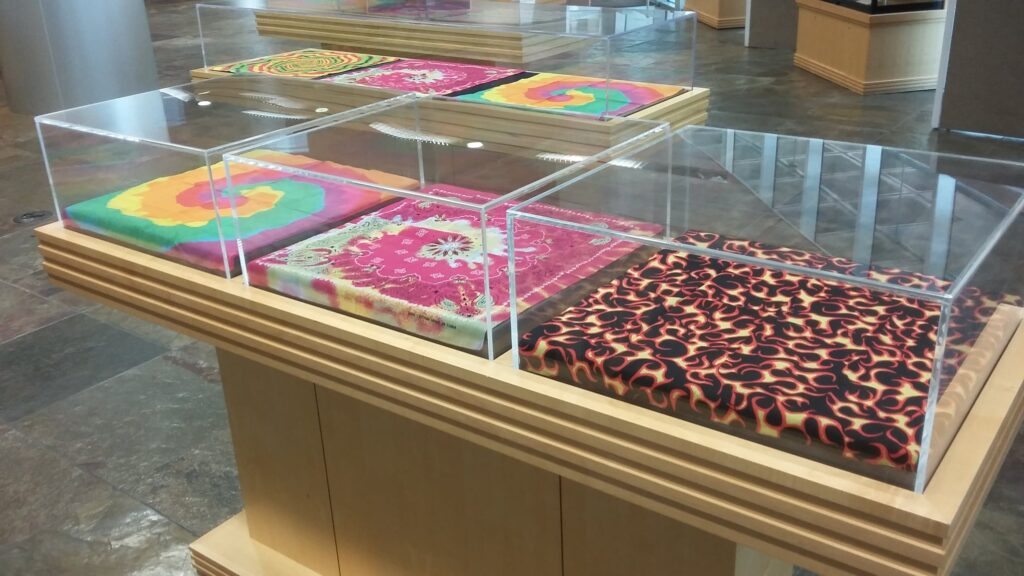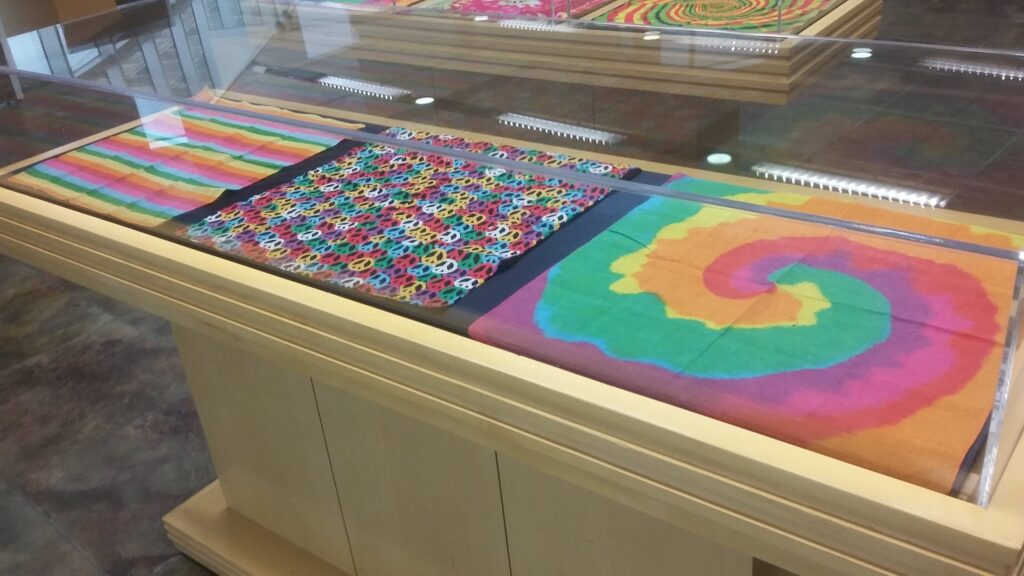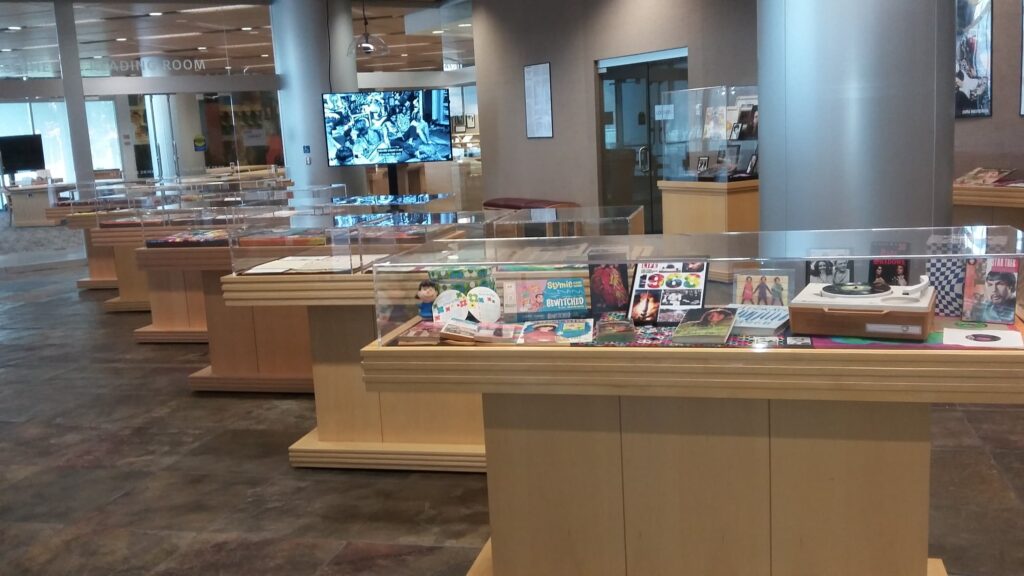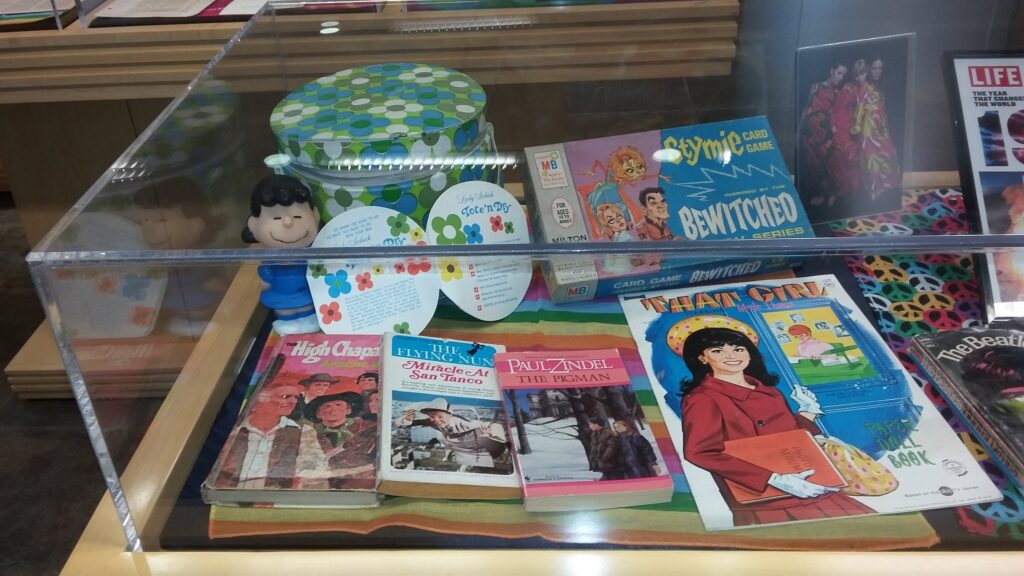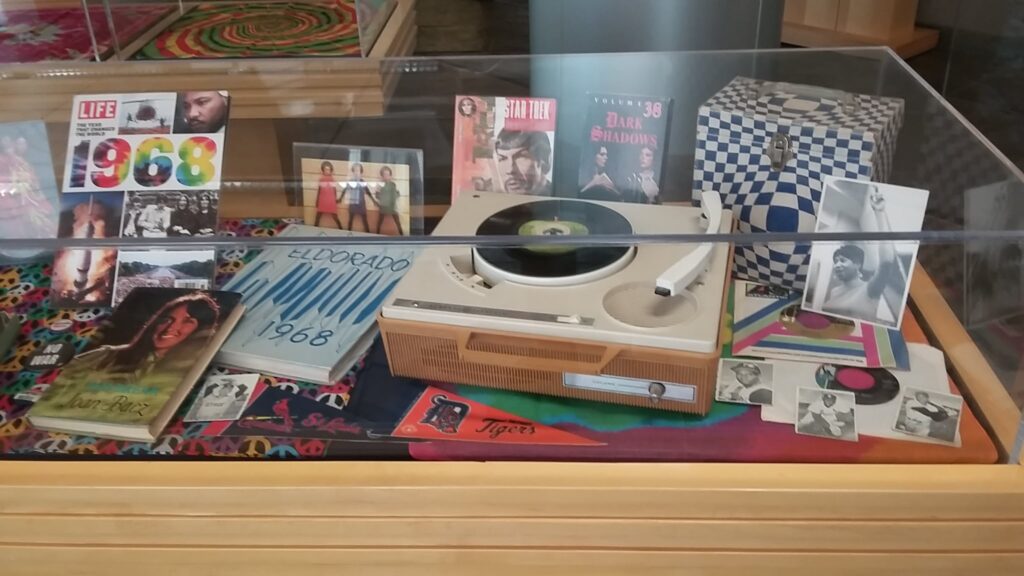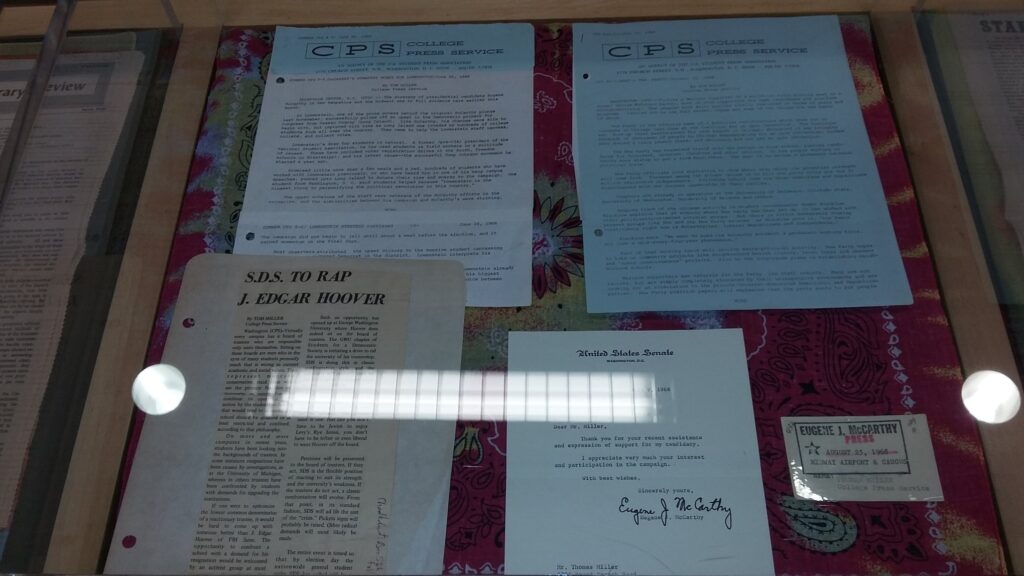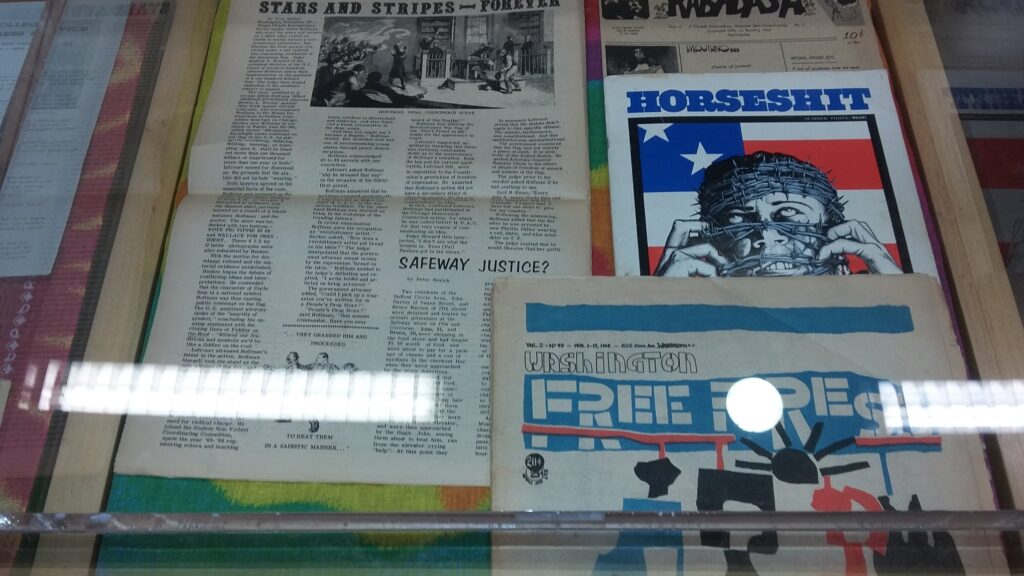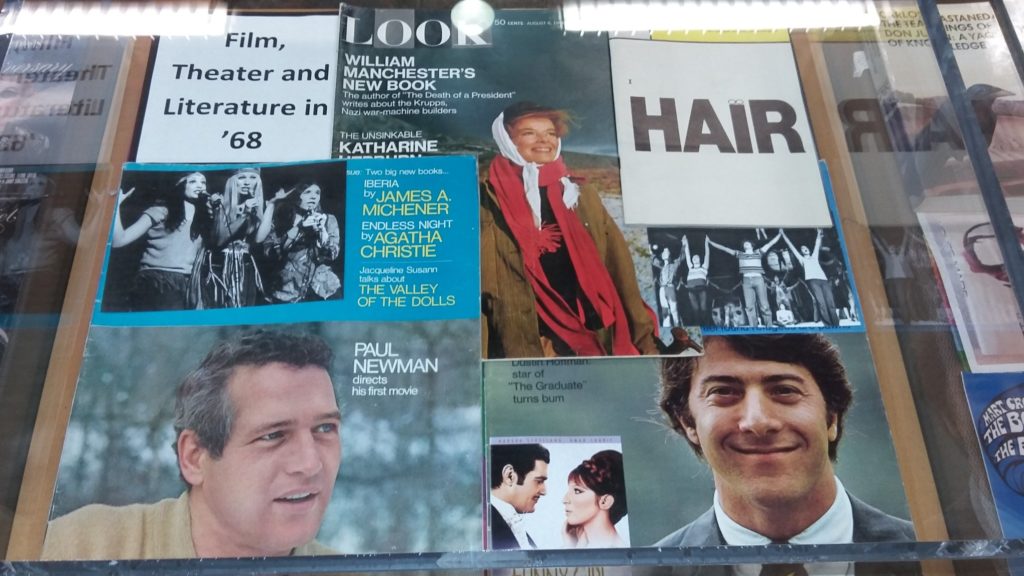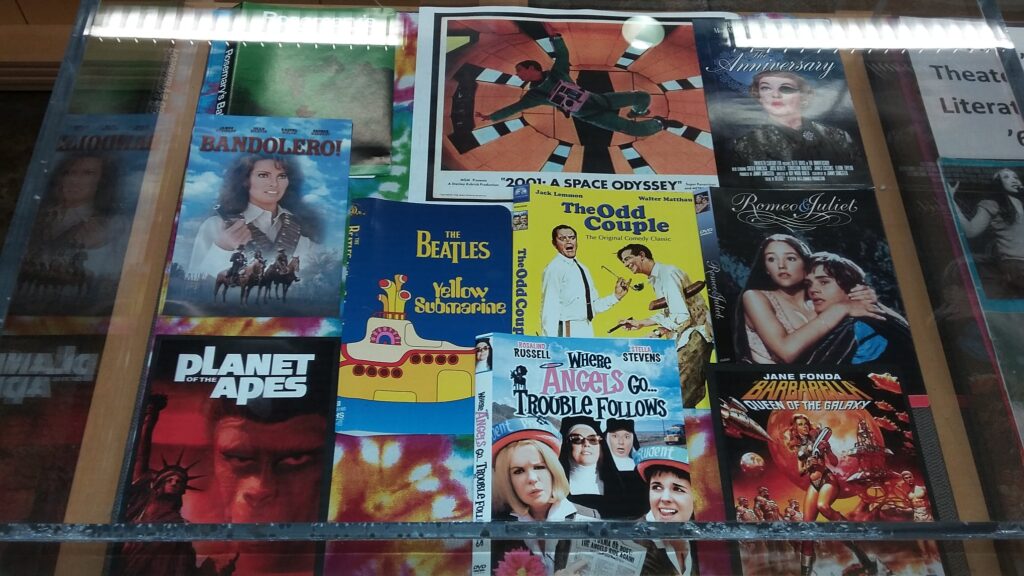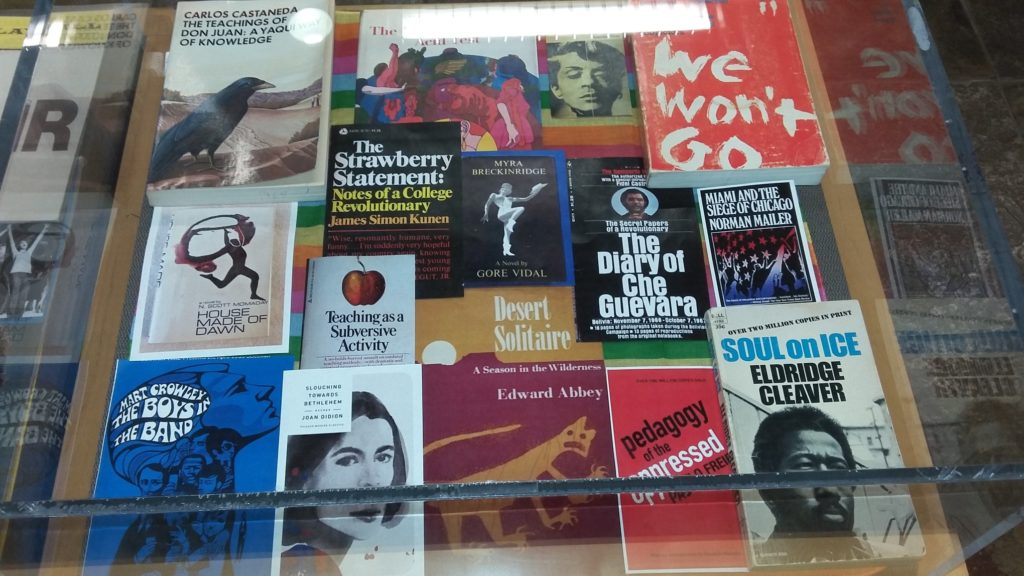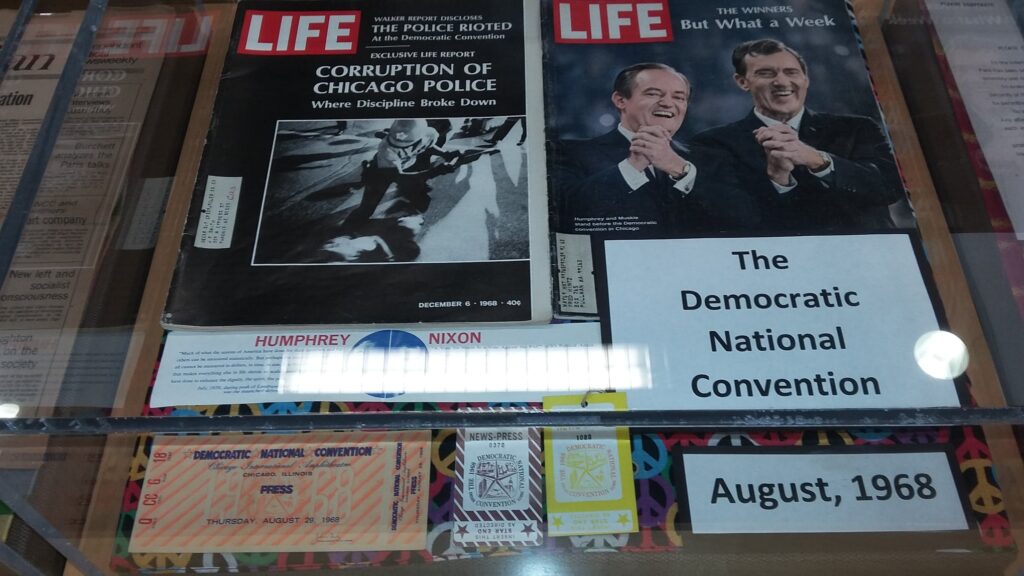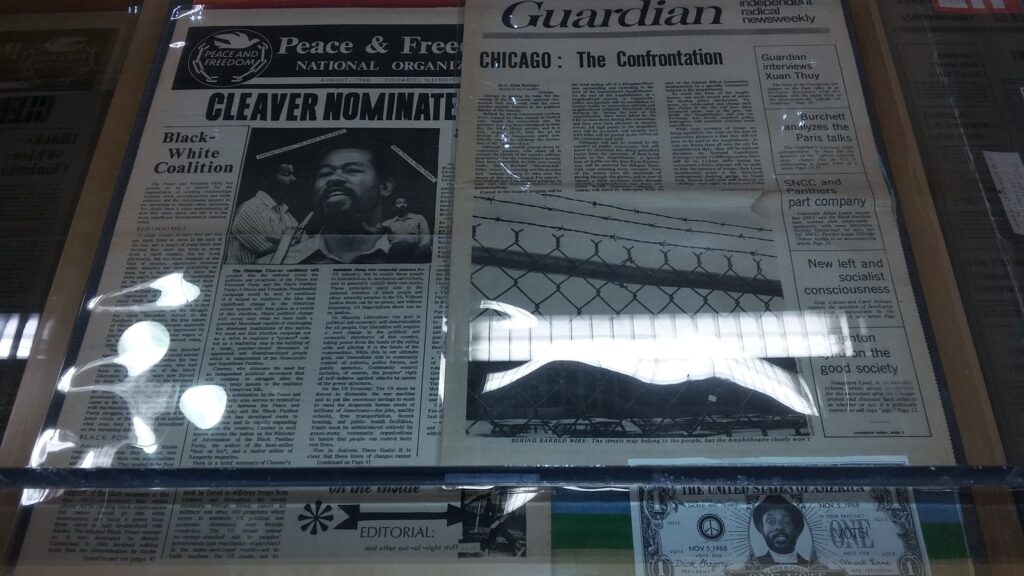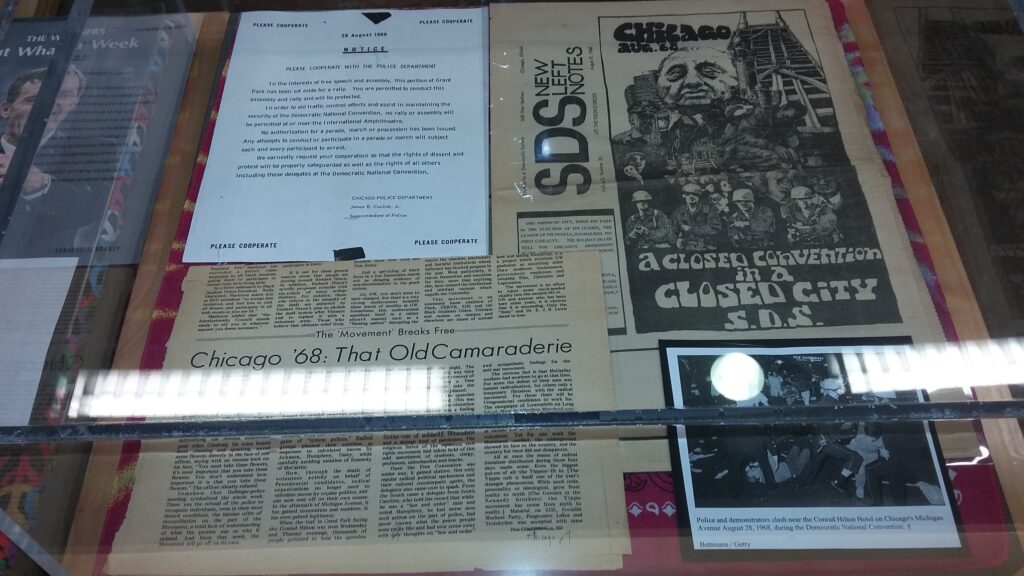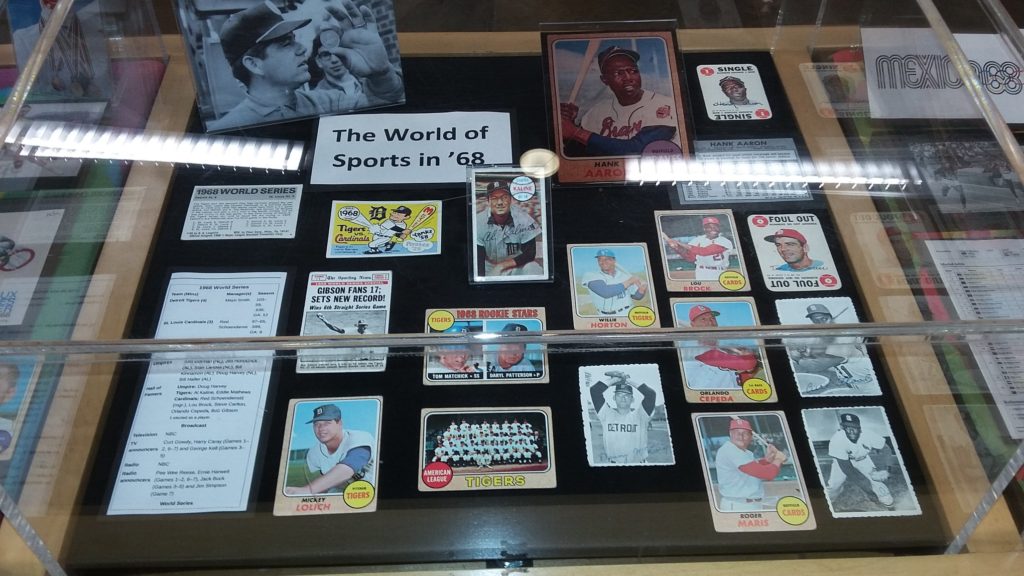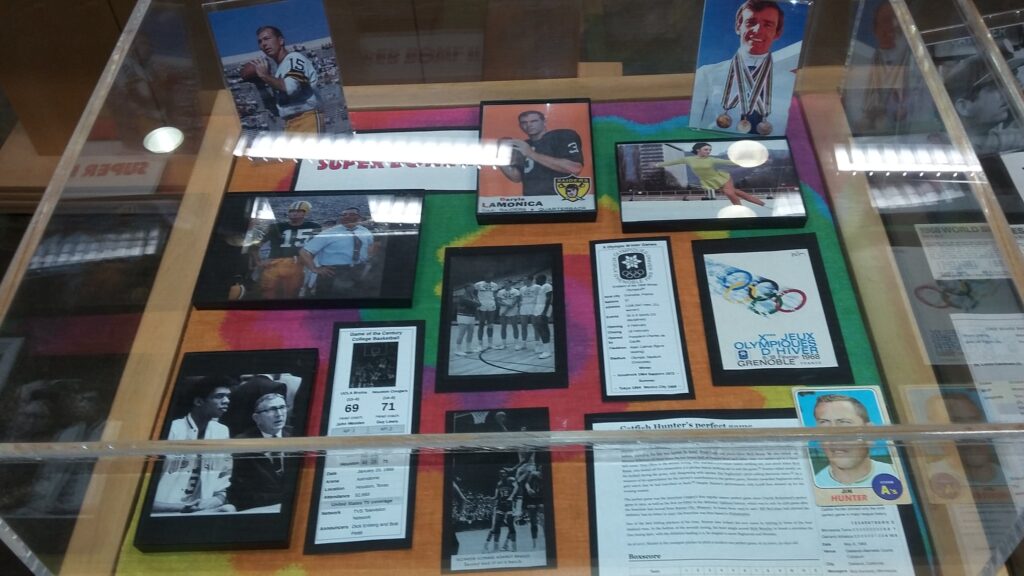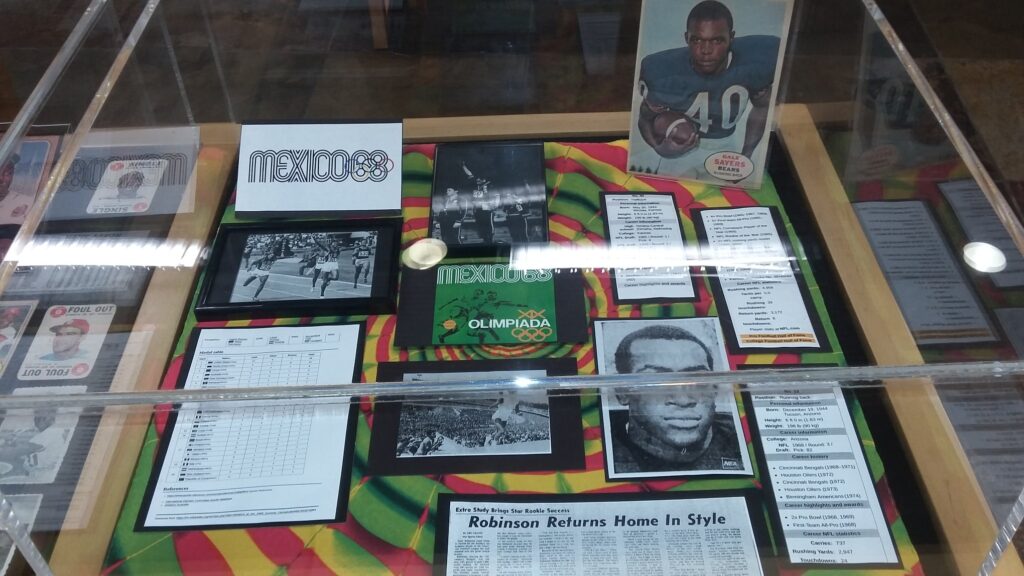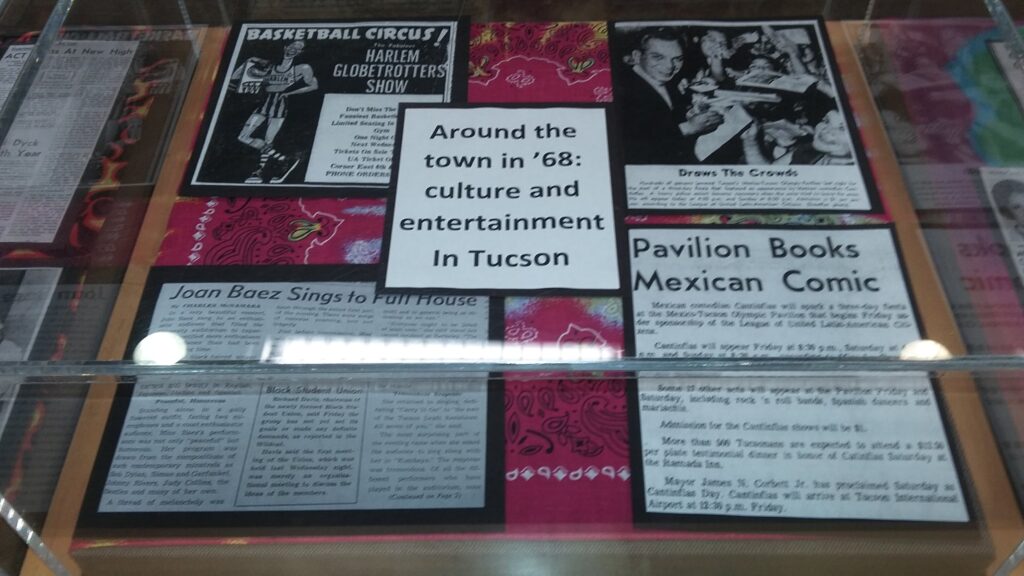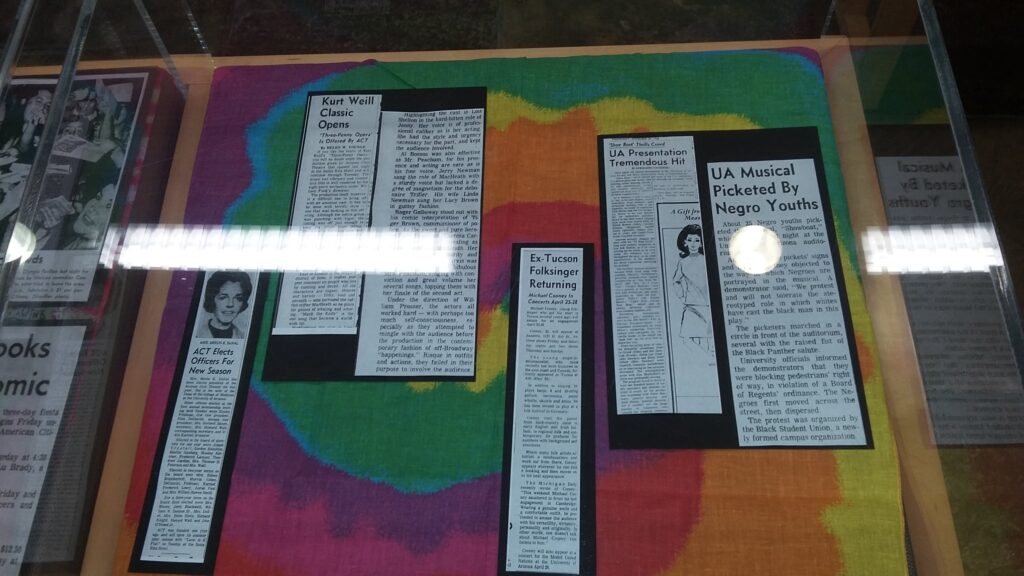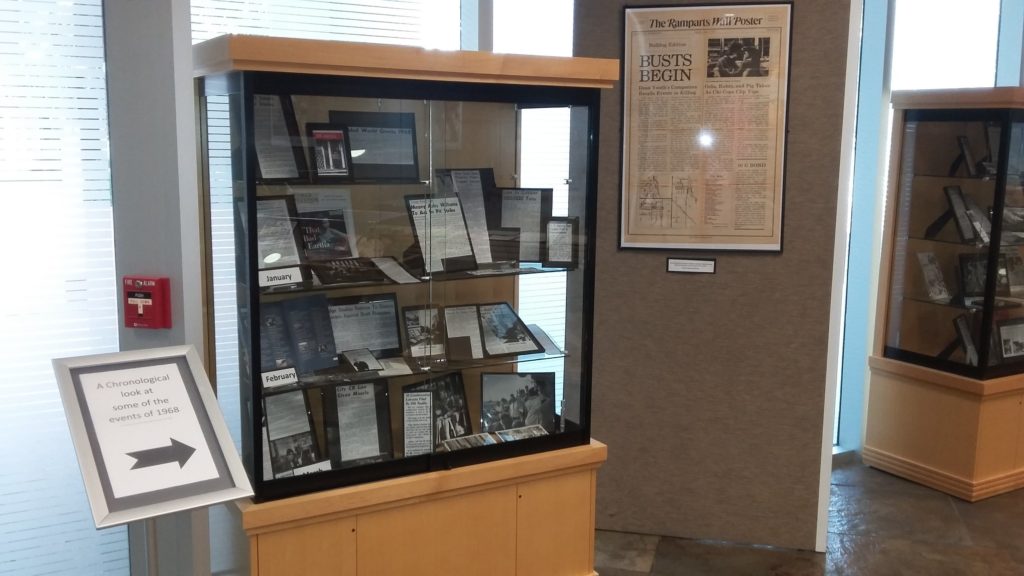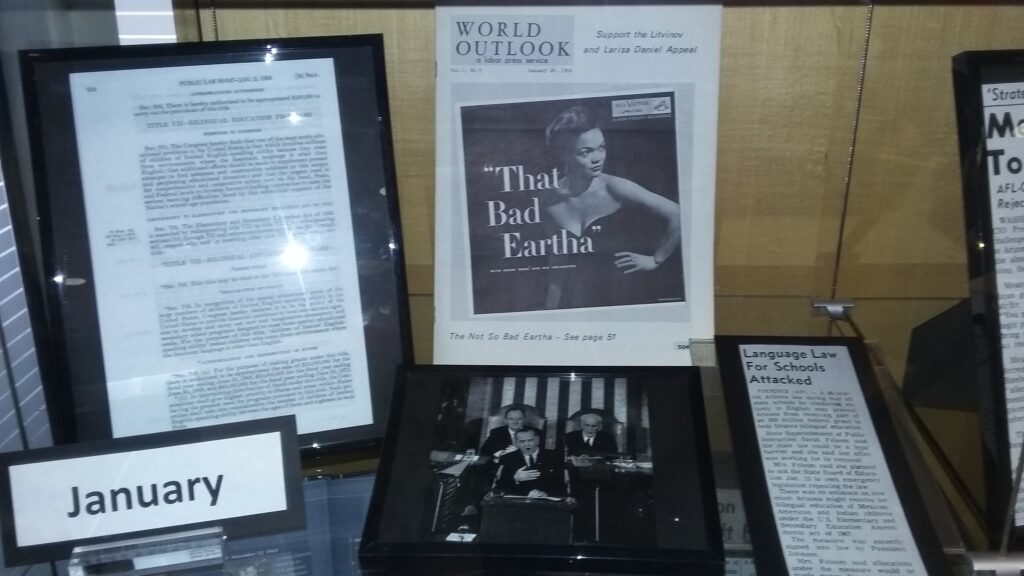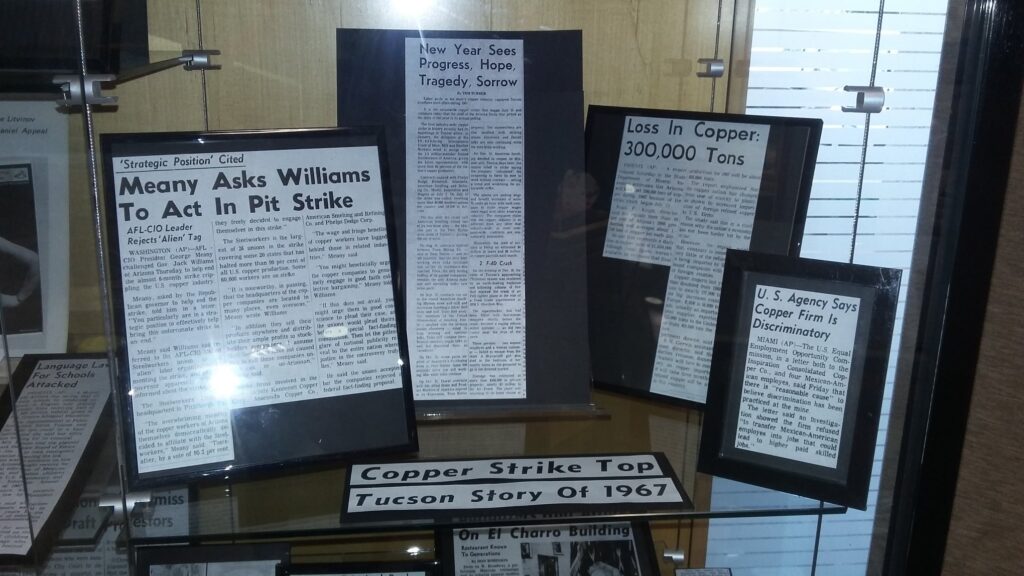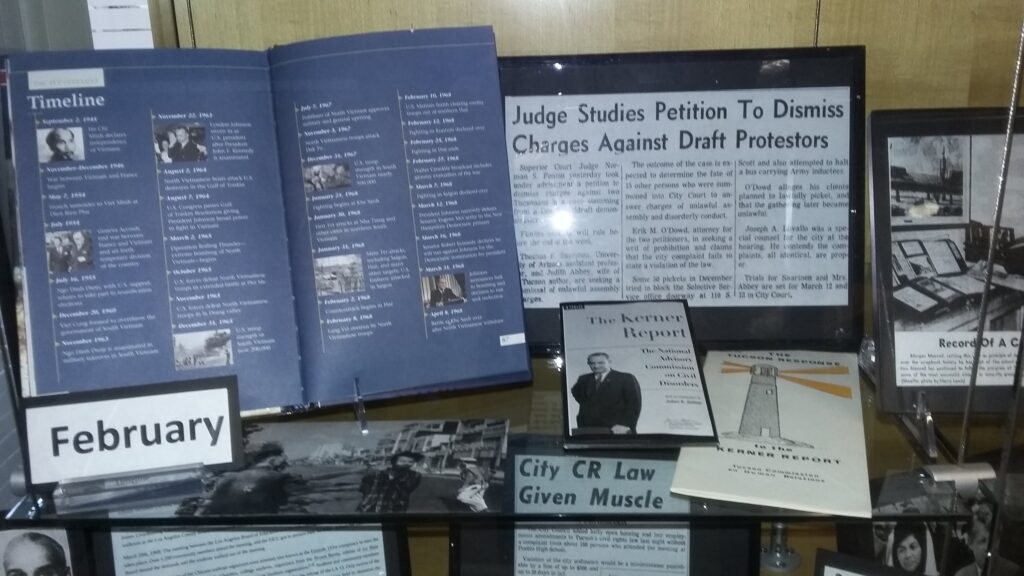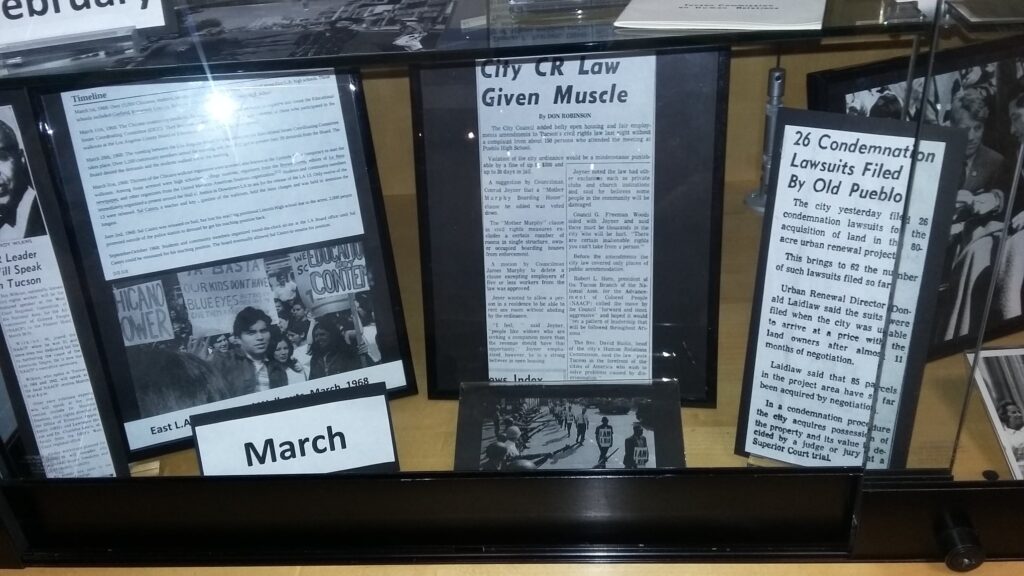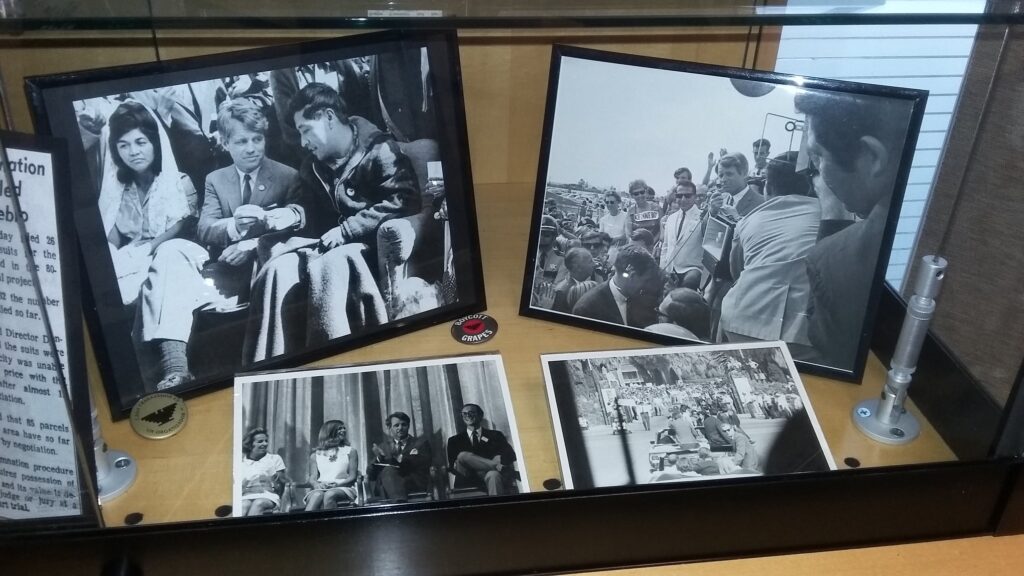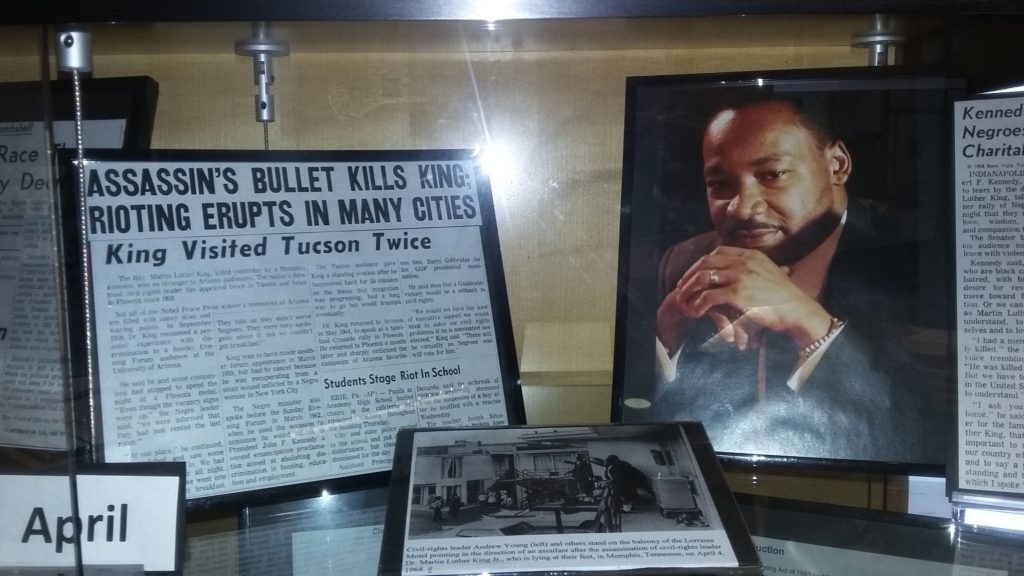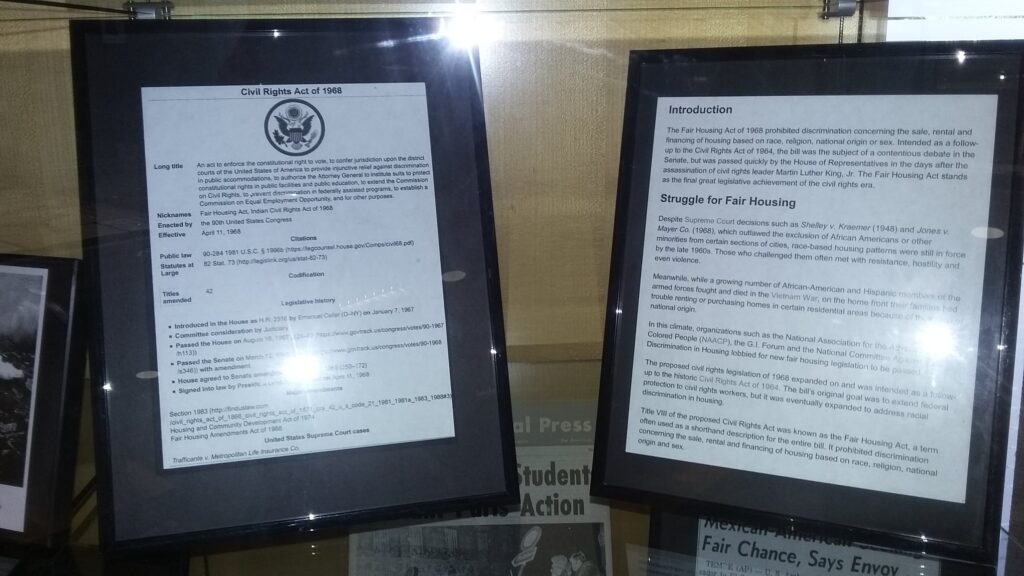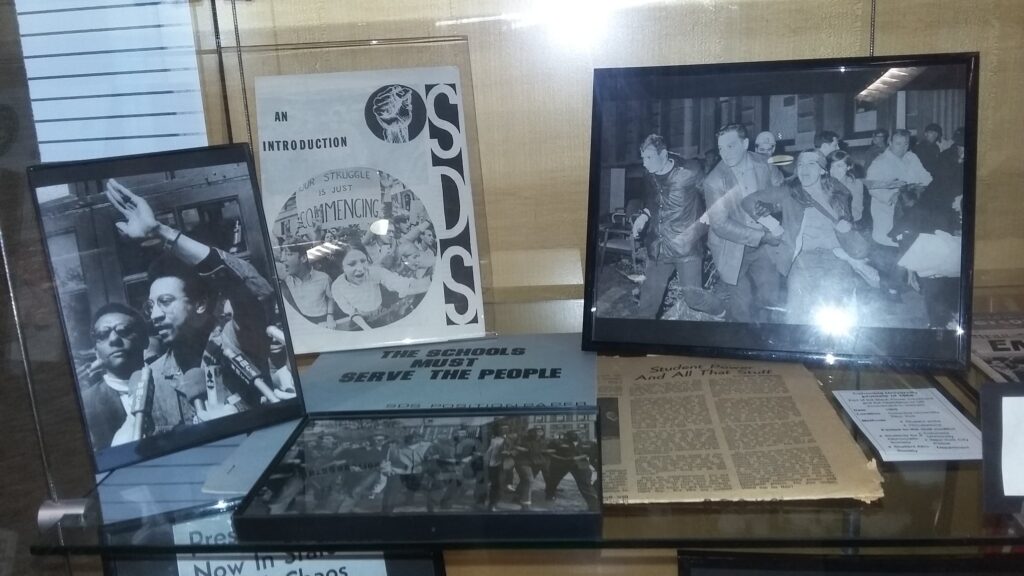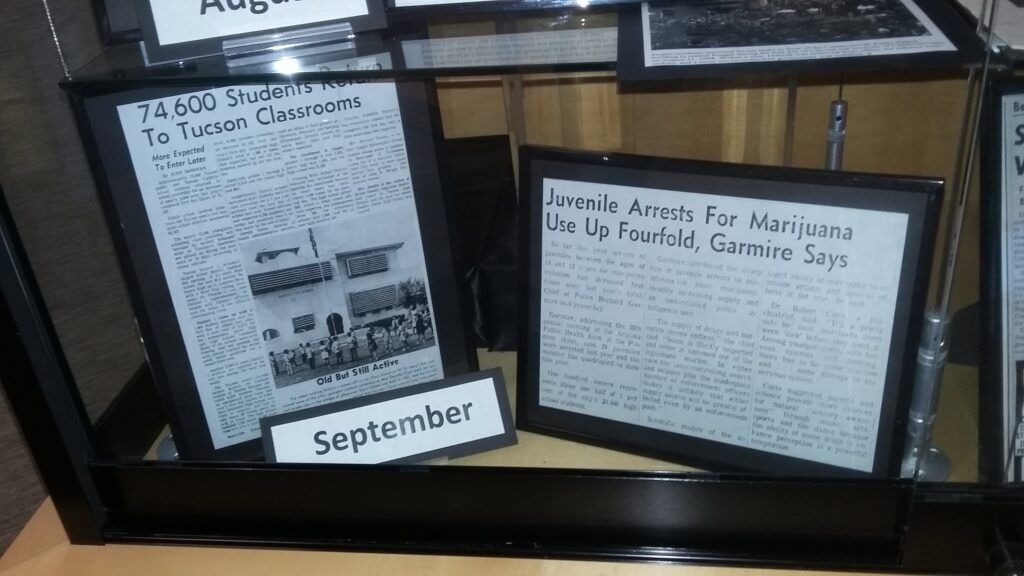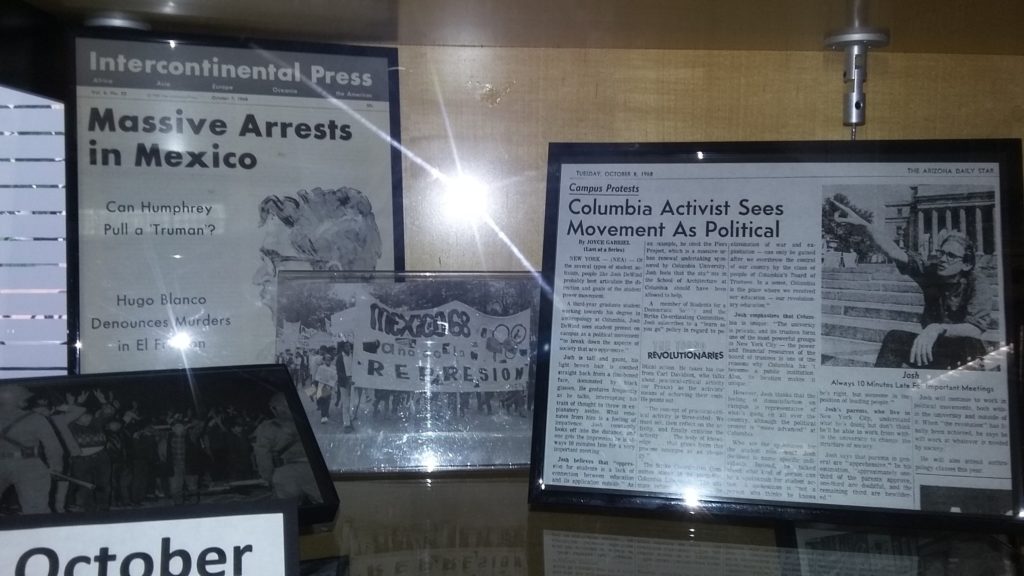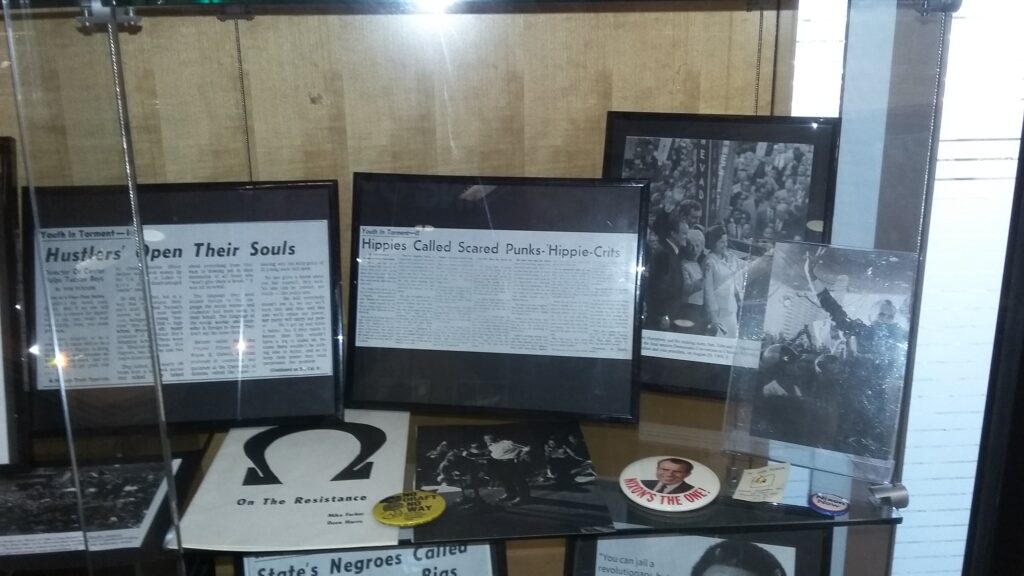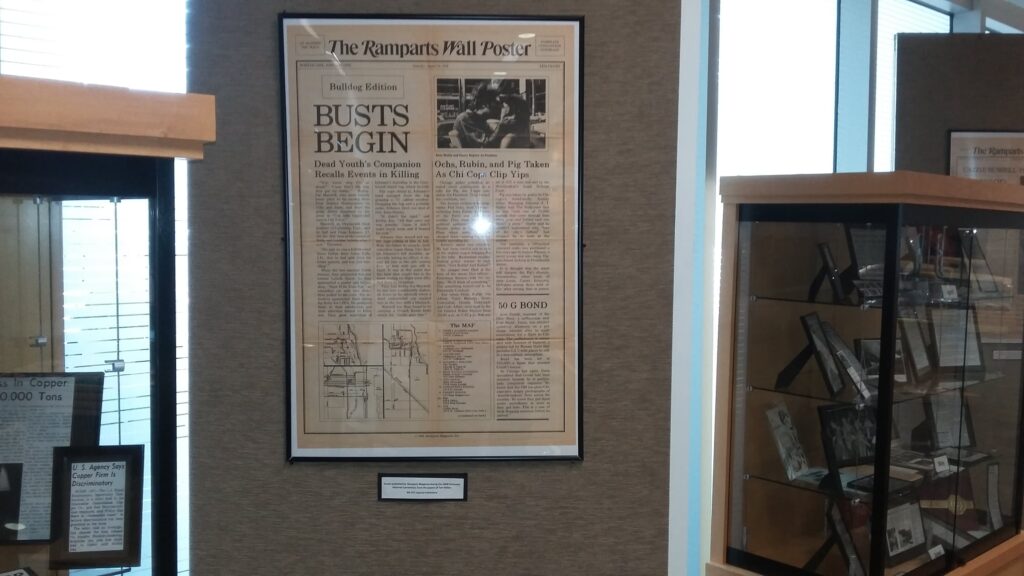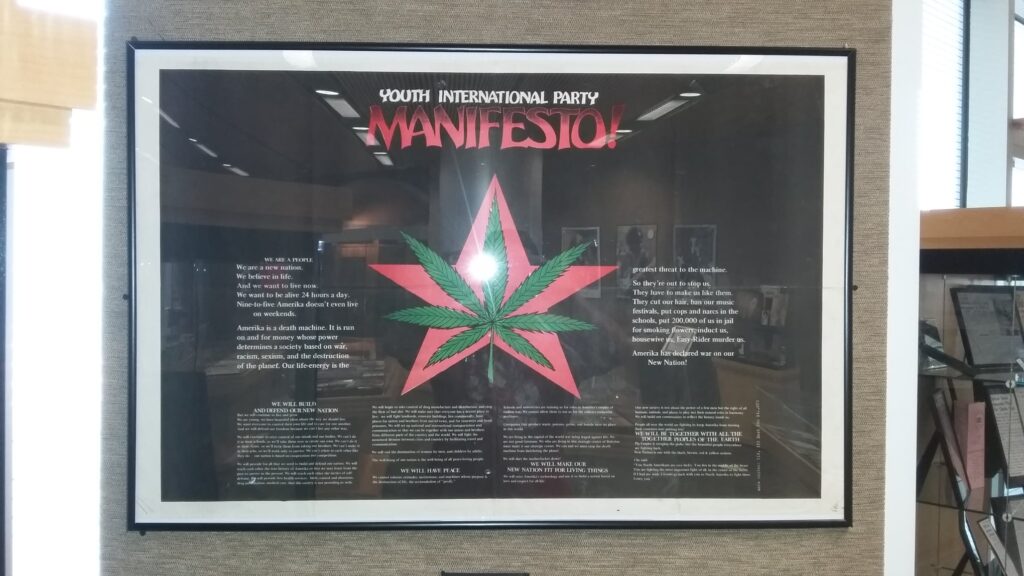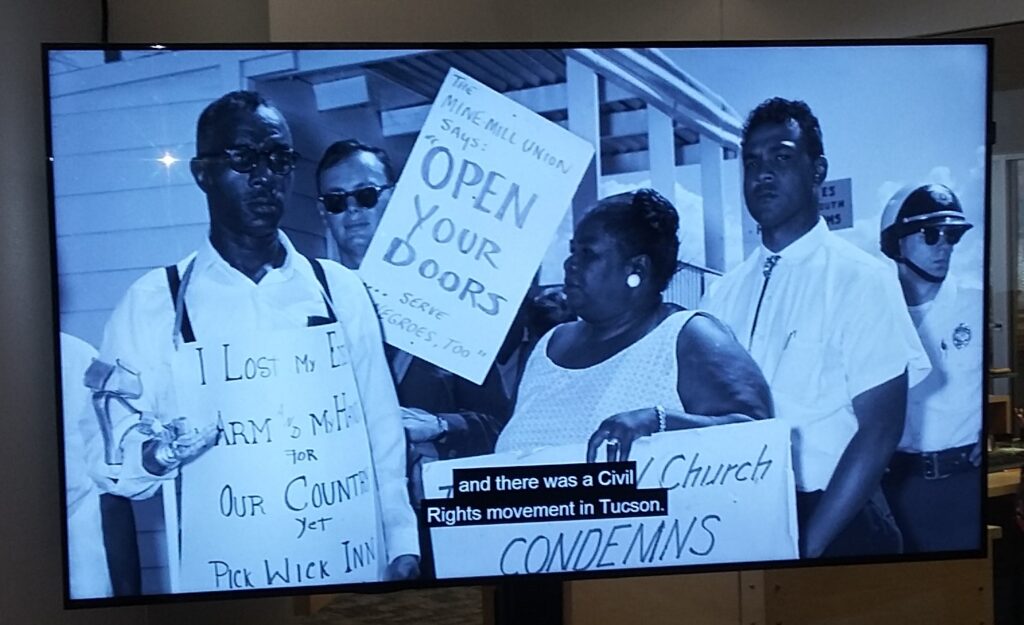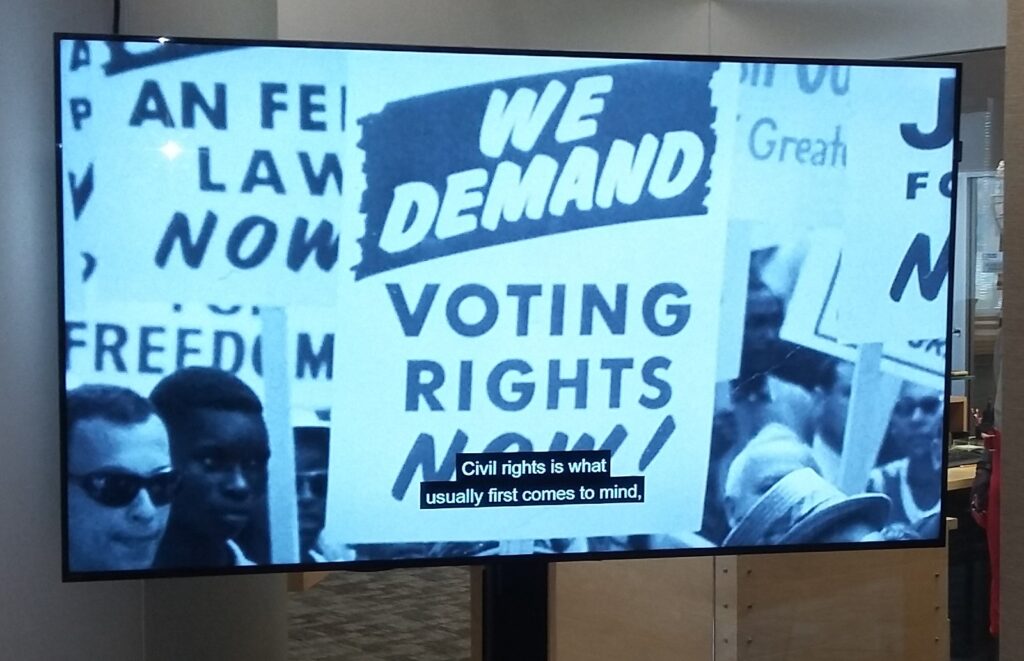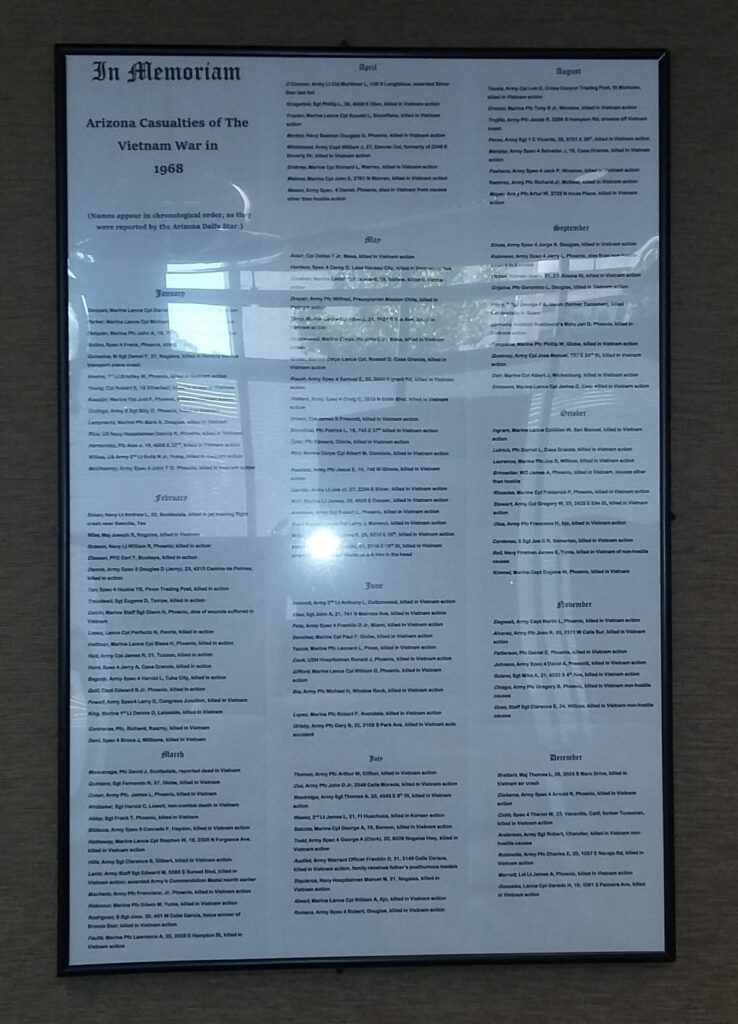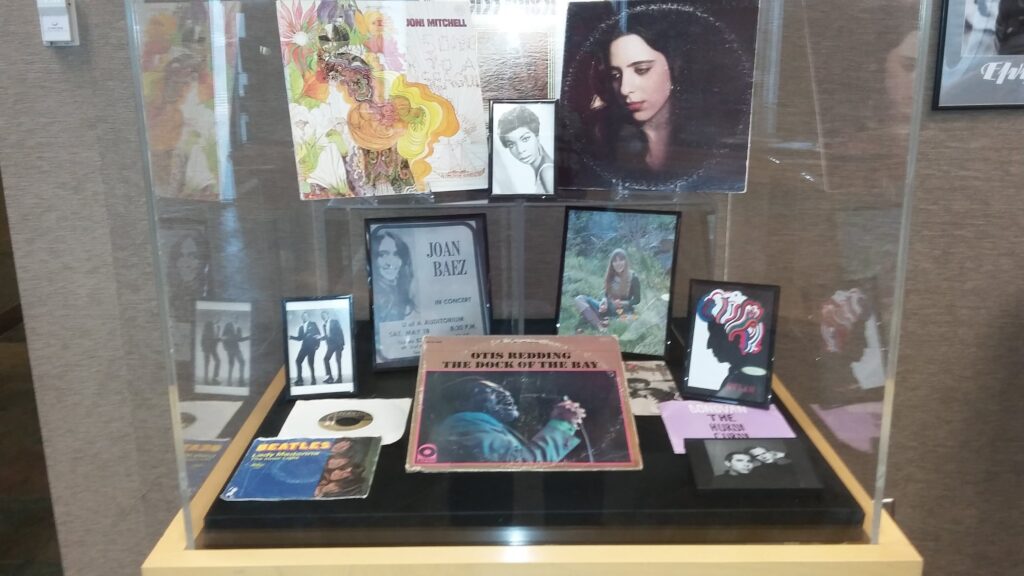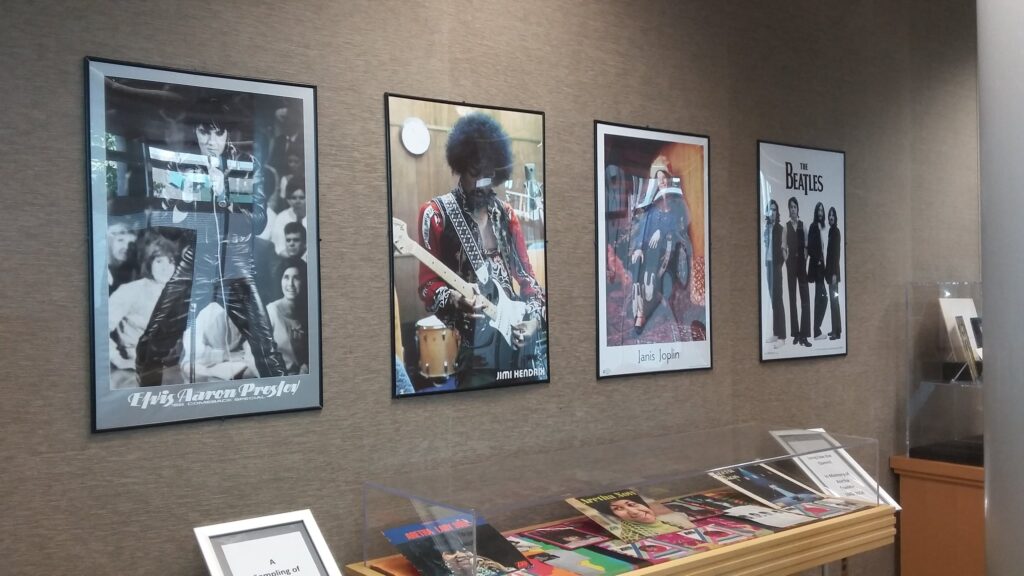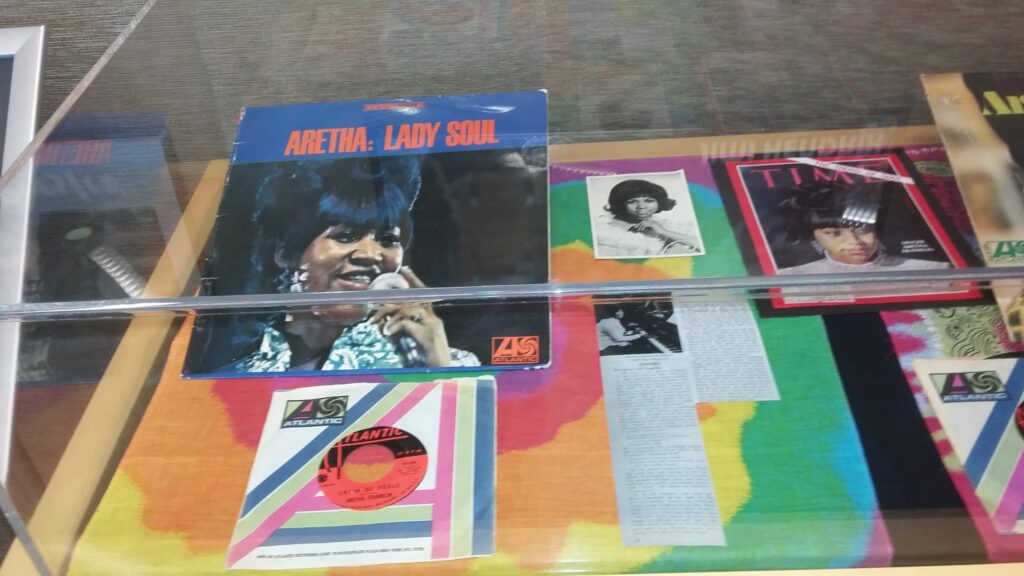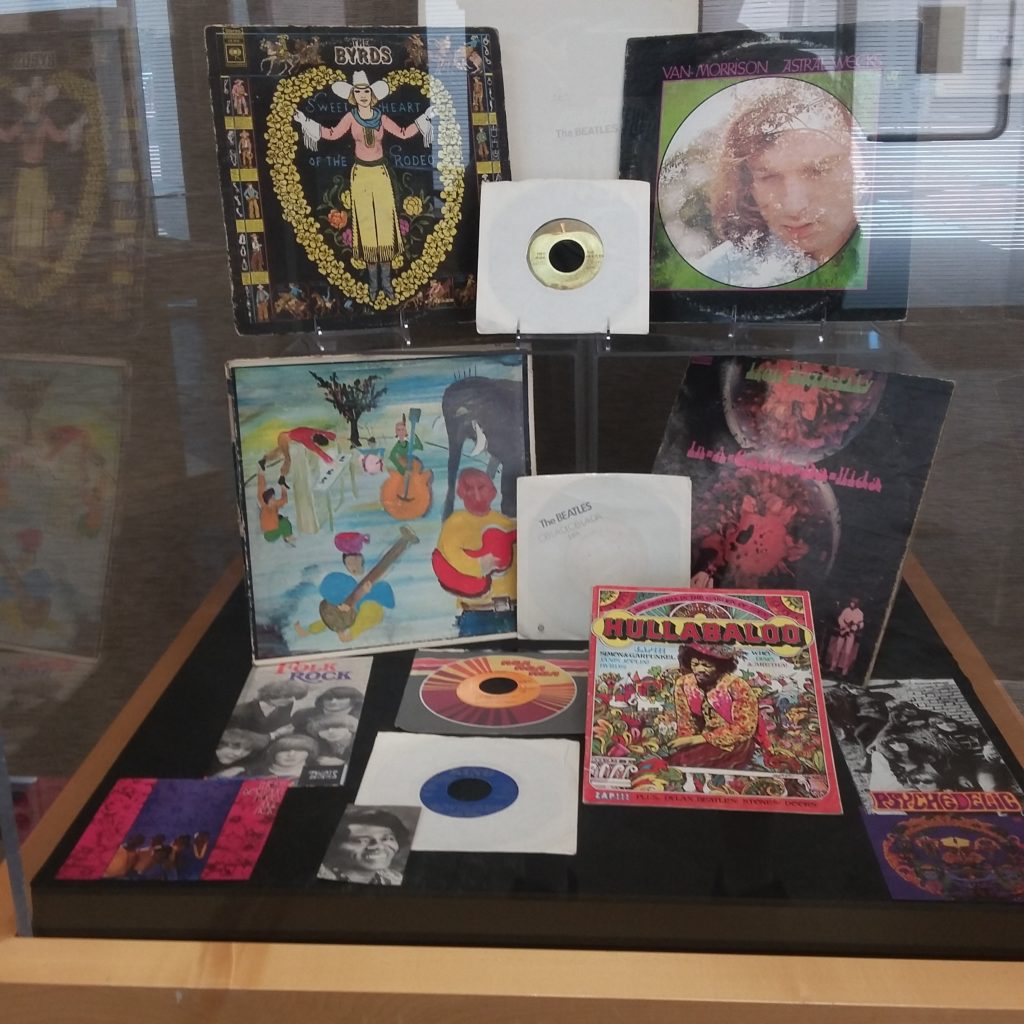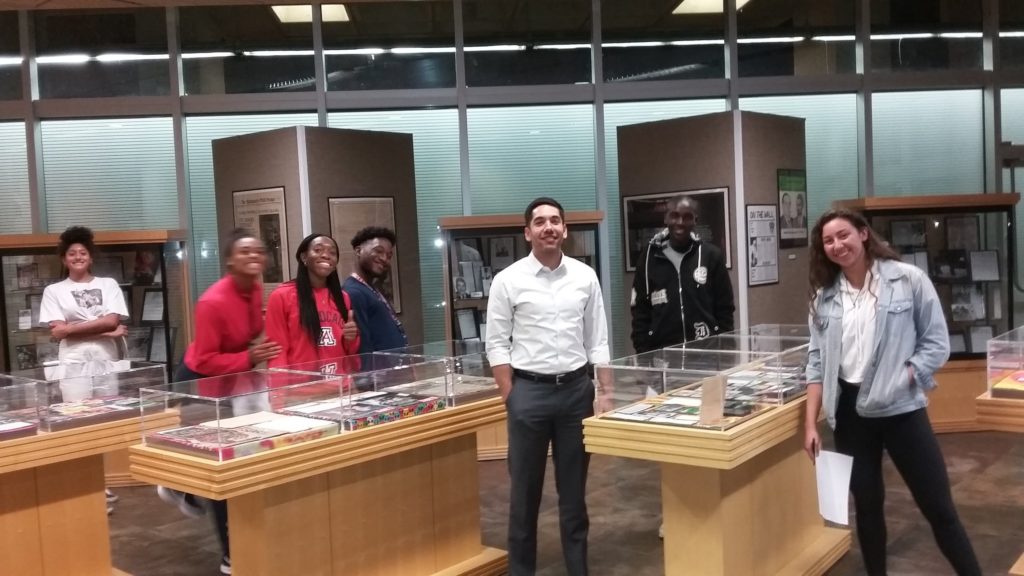Exhibit curated by Bob Diaz, Special Collections, The University of Arizona Libraries
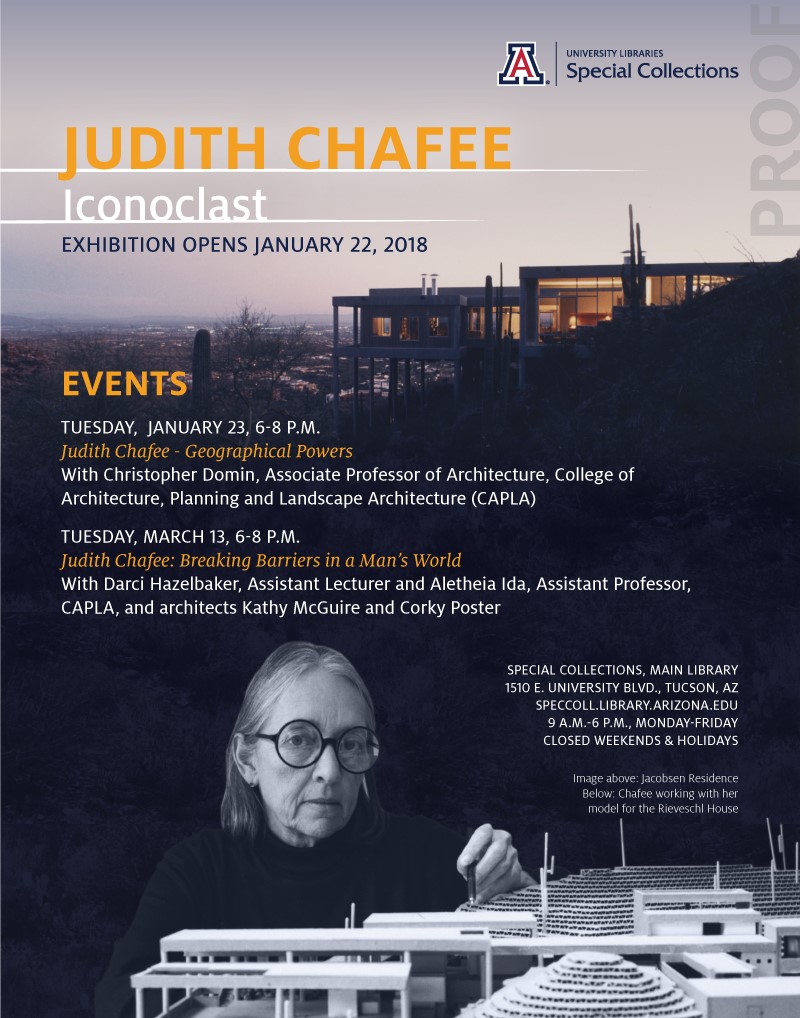
Monday, January 22, 2018 – 9:00am to Friday, July 6, 2018 – 6:00pm
Special Collections
The University of Arizona Libraries
Introduction:
Putting this exhibit together was a labor of love. I started out knowing very little about local architect, Judith Chafee, but learned a great deal from organizing her papers, which are housed in Special Collections, and working with her assistant, Kathryn McGuire a local architect and co-author of the book, “Powerhouse: The Life and Work of Architect Judith Chafee. As I poured over her work looking for material to include in the exhibition, I came to the realization that Chafee was an artistic genius, well ahead of her time. She was the first woman to graduate from Yale’s architecture program. She finished at the top of her class, and won prestigious awards along the way. A highlight of the whole experience for me was meeting Chafee’s daughter and granddaughter, who made a special trip to Tucson to see the exhibition. They were very impressed by it. It made me feel just great knowing that they liked it. All that work I had put into this project paid off! Attendance at both of the events that were held in conjunction with the exhibit was beyond my expectations, and both were very well received. This exhibition was one of my favorites.
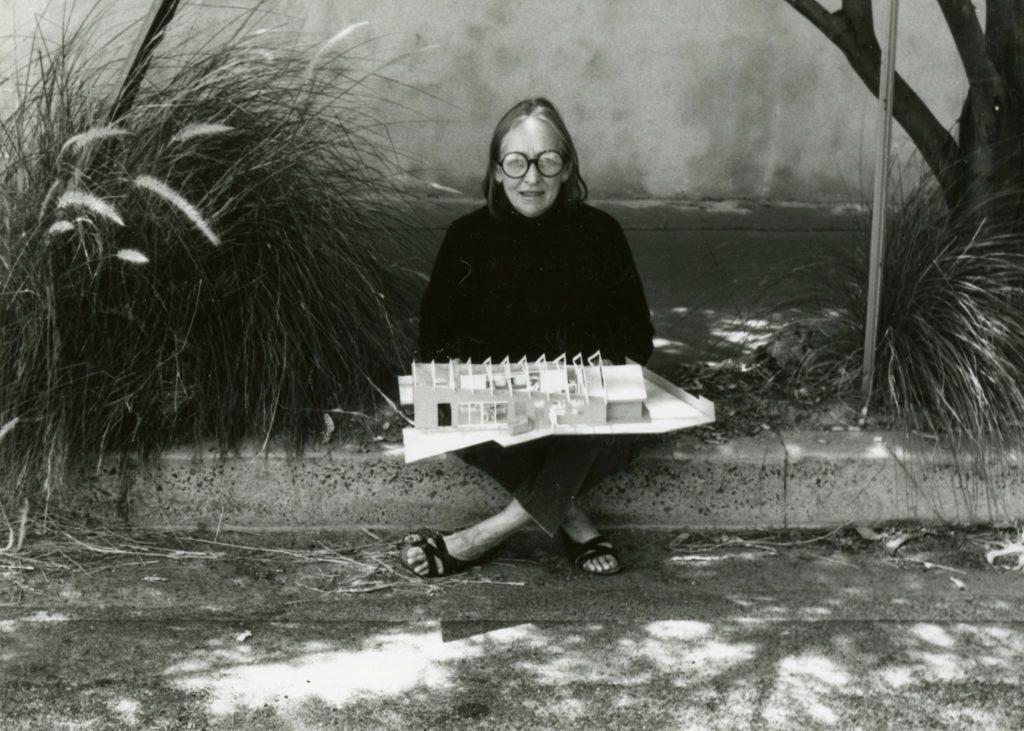
From the UA News Service:
A remarkable American architect, Judith Chafee was a true trailblazer, both as an architect par excellence, and as a woman in a male-dominated profession. She is celebrated as a visionary modernist whose structures harmoniously blend with their host environments.
This exhibit highlights key events and projects from her life and work. Materials will include photographs, drawings, artwork and more.
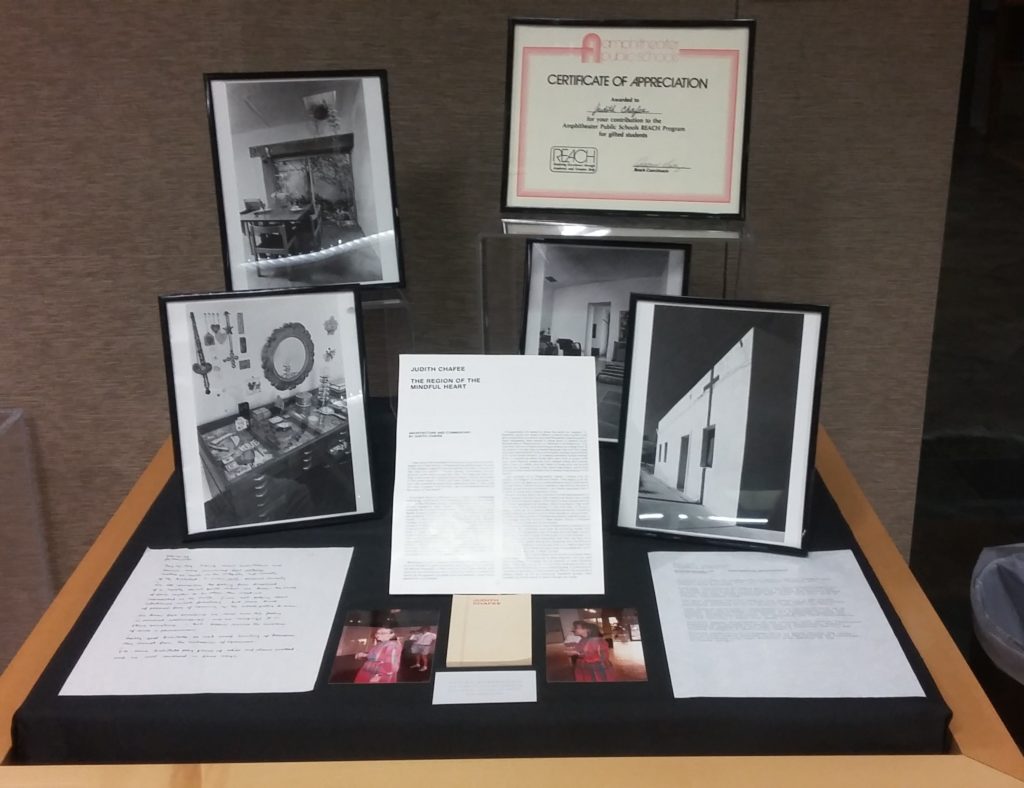
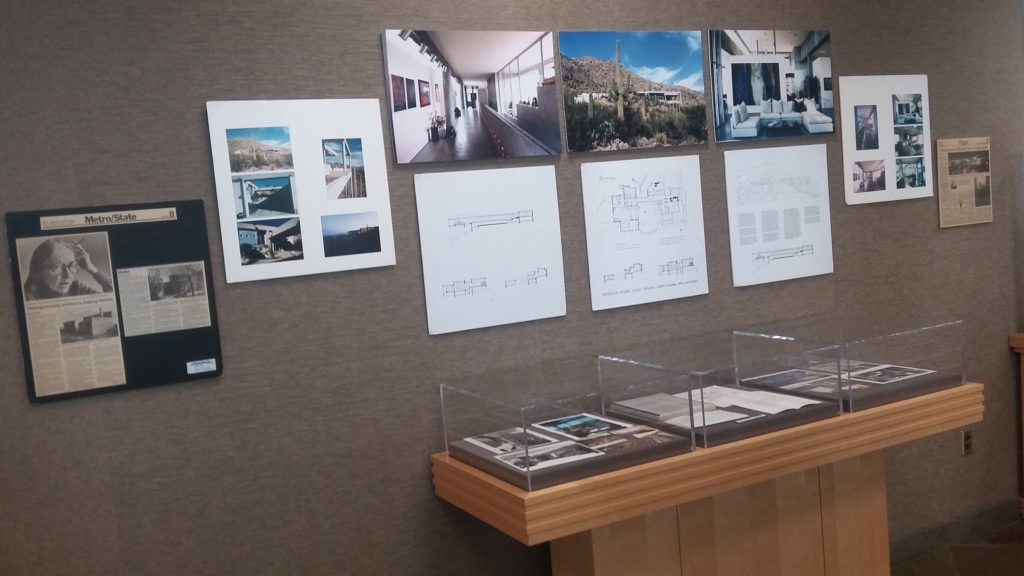
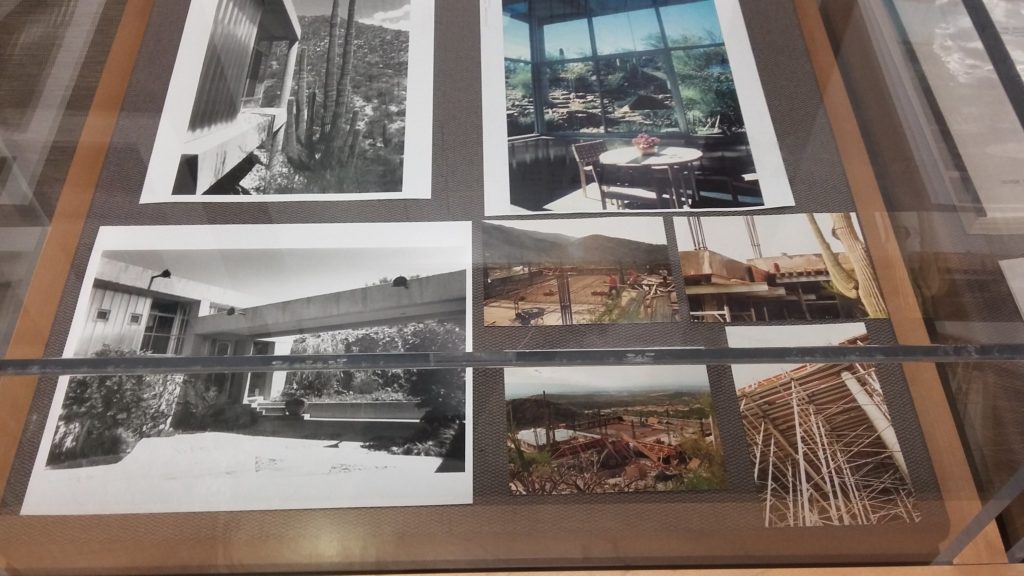
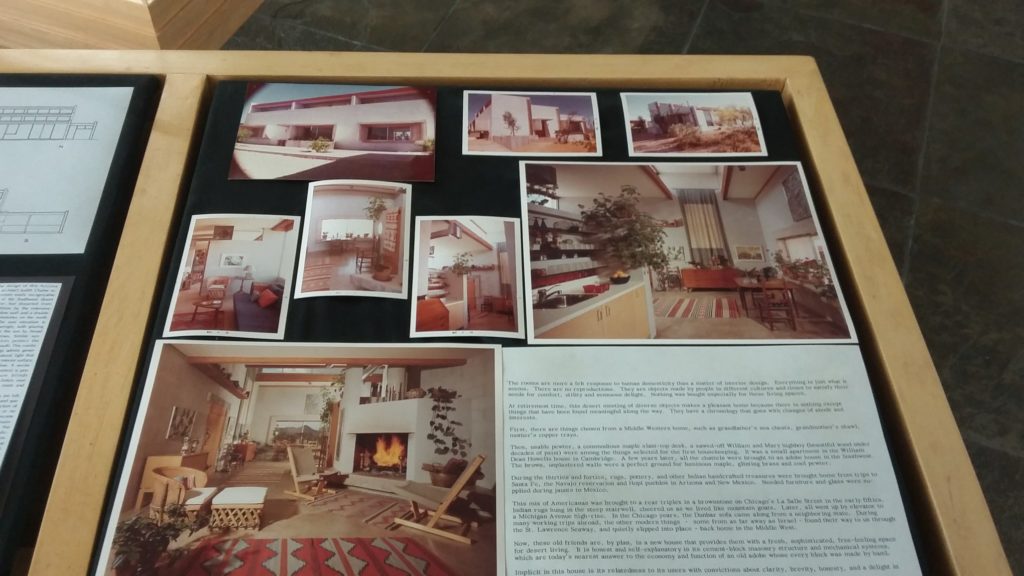
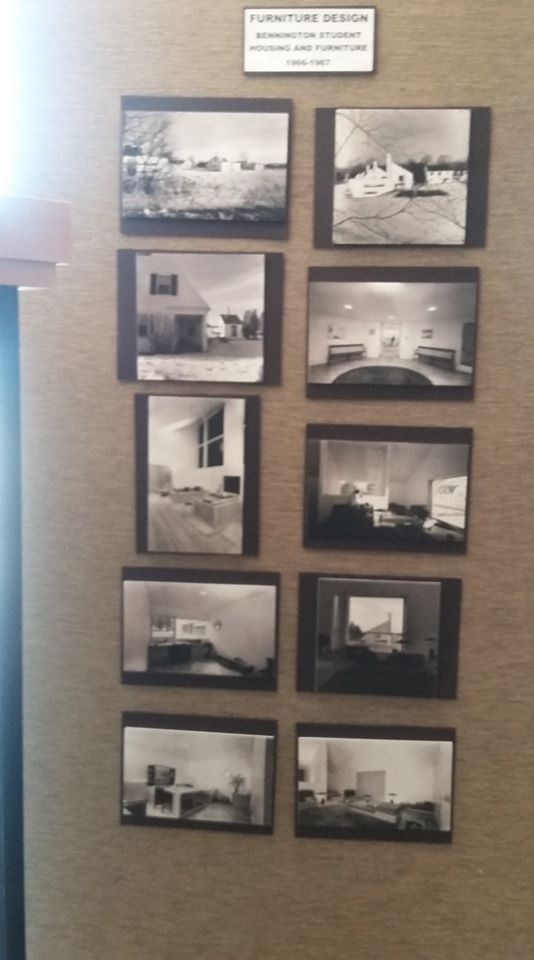
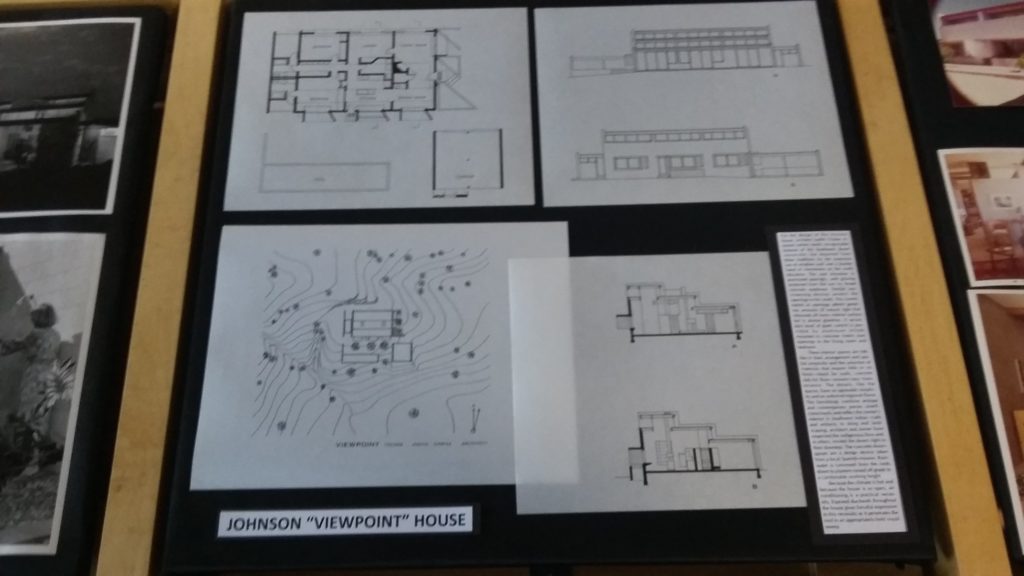
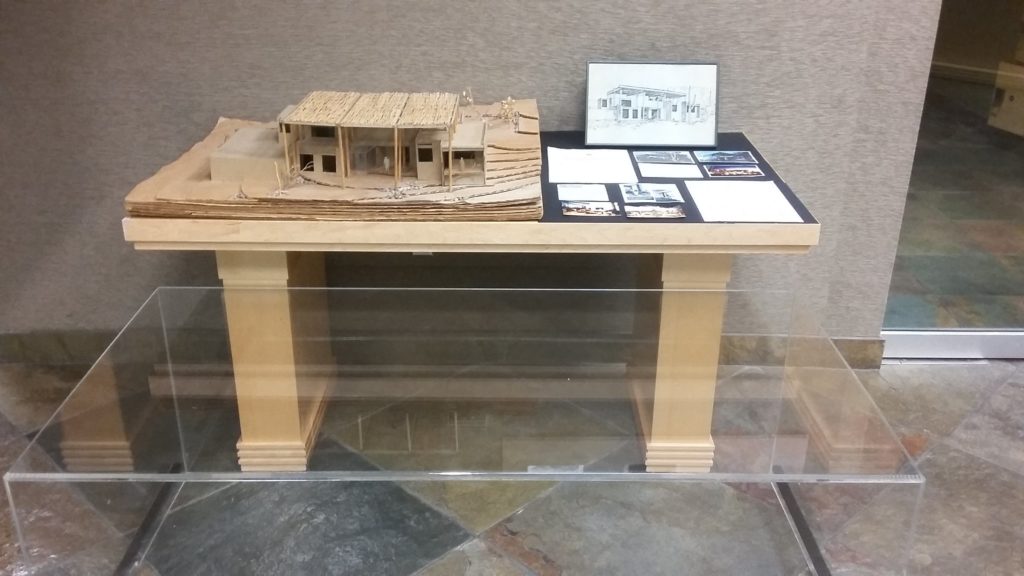
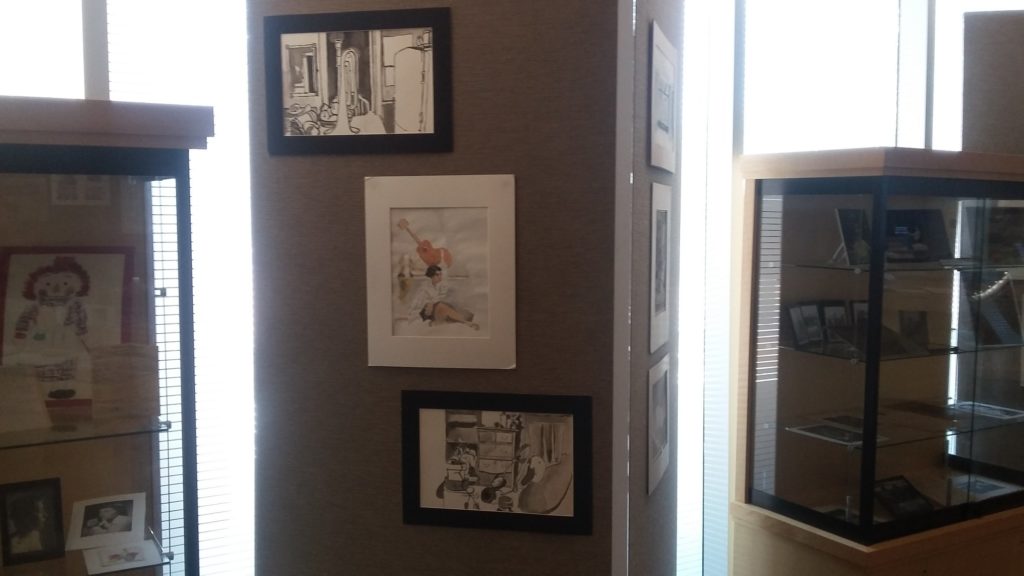
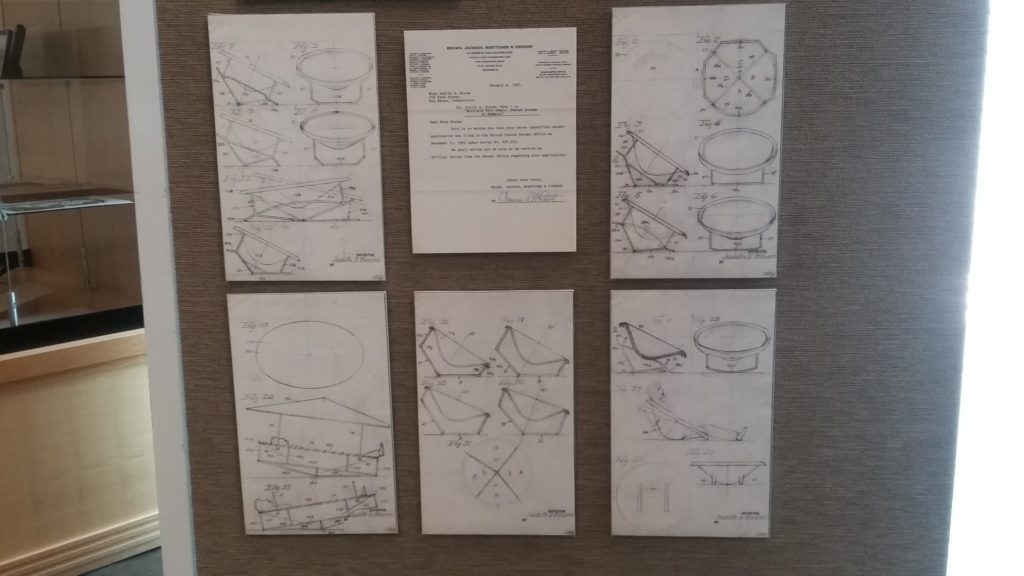
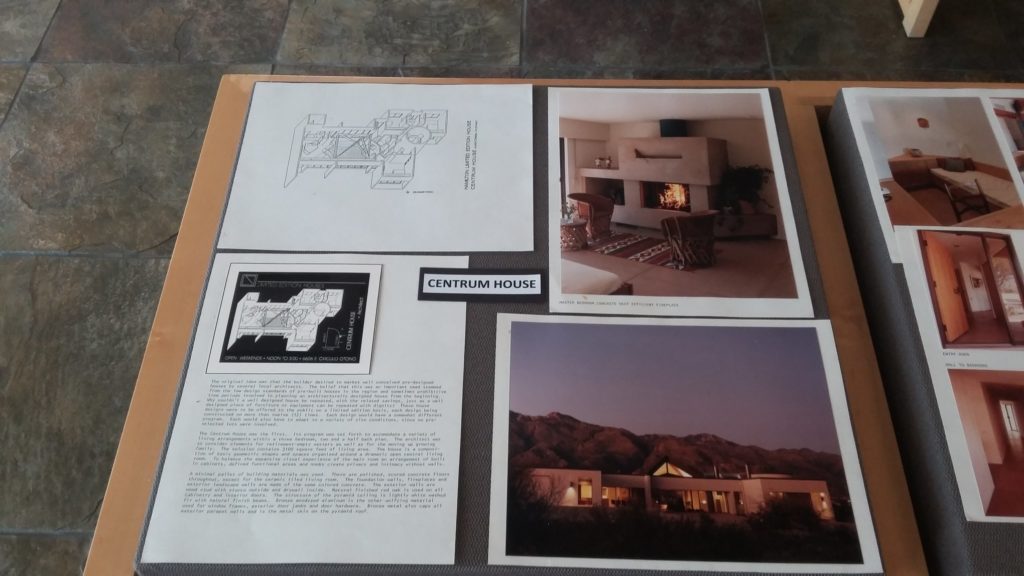
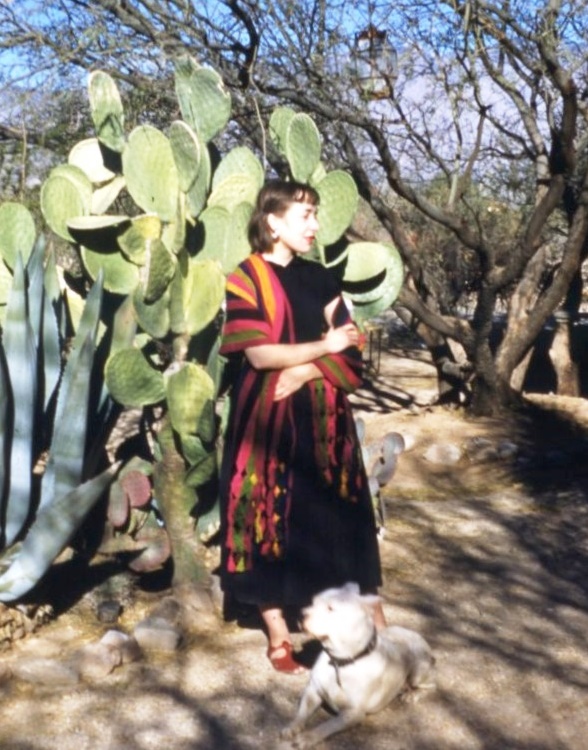
For more information see:
The Judith Chafee Papers Page–Special Collections, The University of Arizona Libraries
The Judith Chafee Papers Collection Guide
Powerhouse: The LIfe and Work of Judith Chafee
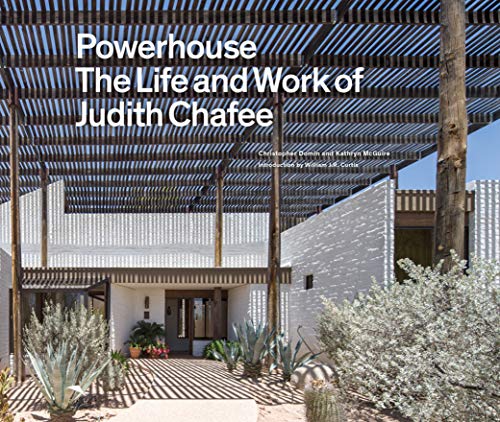
“Powerhouse is the first book on the singular life and career of American architect Judith Chafee (1932-1998). Chafee was an unrepentant modernist on the forefront of sustainable design. Her architecture shows great sensitivity to place, especially the desert landscapes of Arizona. Chafee was also a social justice advocate and a highly respected woman in a male-dominated profession. After graduating from the Yale University Architecture School, where her advisor was Paul Rudolph, she went on to work in the offices of legends including Rudolph, Walter Gropius, Eero Saarinen, and Edward Larrabee Barnes. In addition to her architectural legacy, her decades of teaching helped shape a generation of architects. Chafee’s drawings and archival images of her work are complemented by stunning photography by Ezra Stoller and Bill Timmerman”. –from the Princeton Architectural Press site.
It was very nice of Kathy McGuire to mention me in the acknowledgements section (see below) of the book. I learned a great deal from her during our visits, and without her guidance the exhibition would not have been as informative and interesting as it turned out to be.
